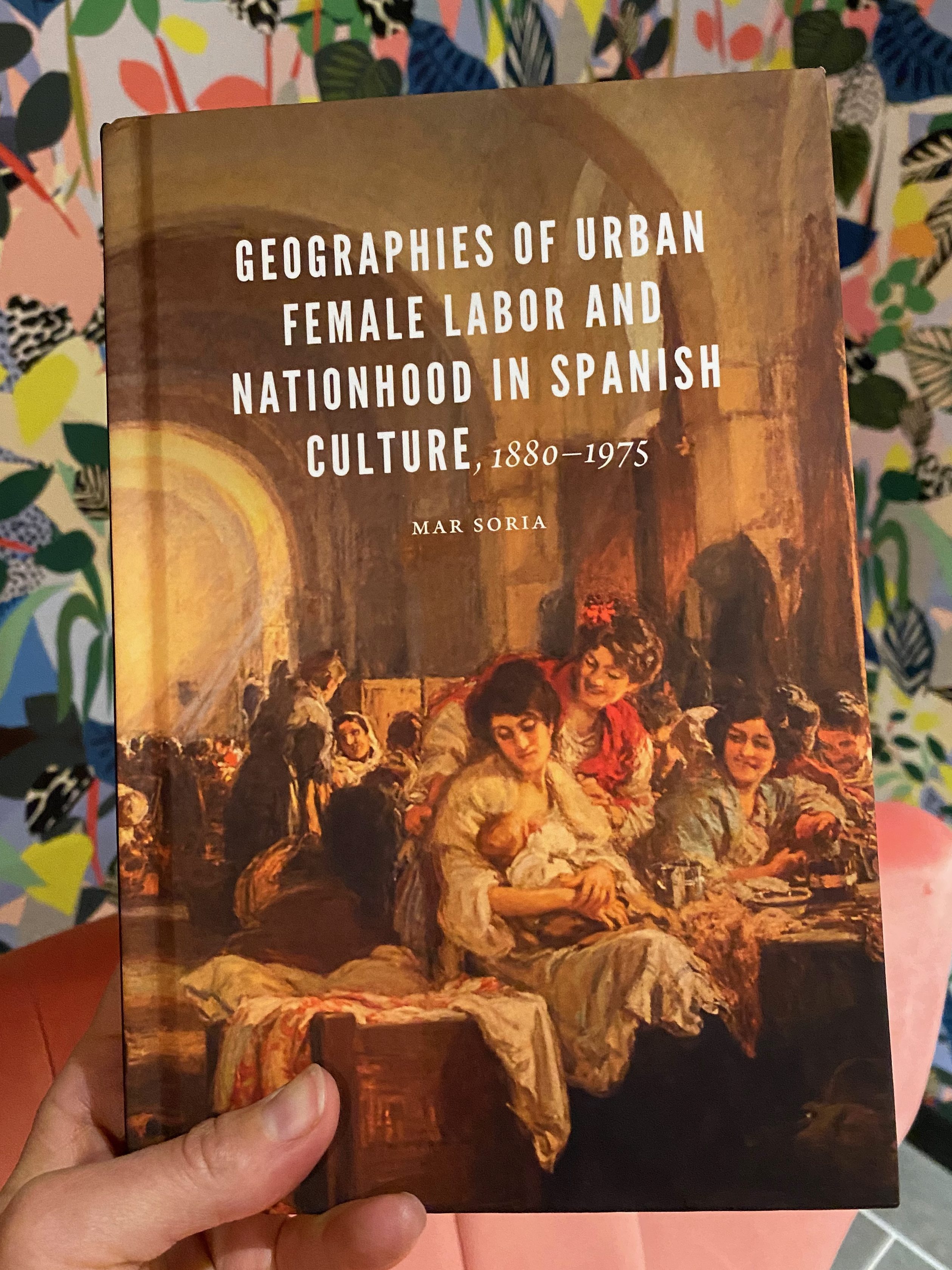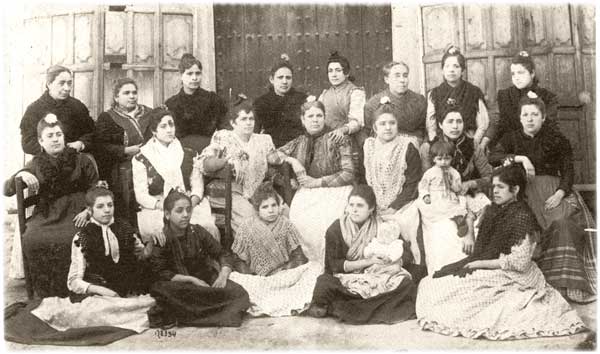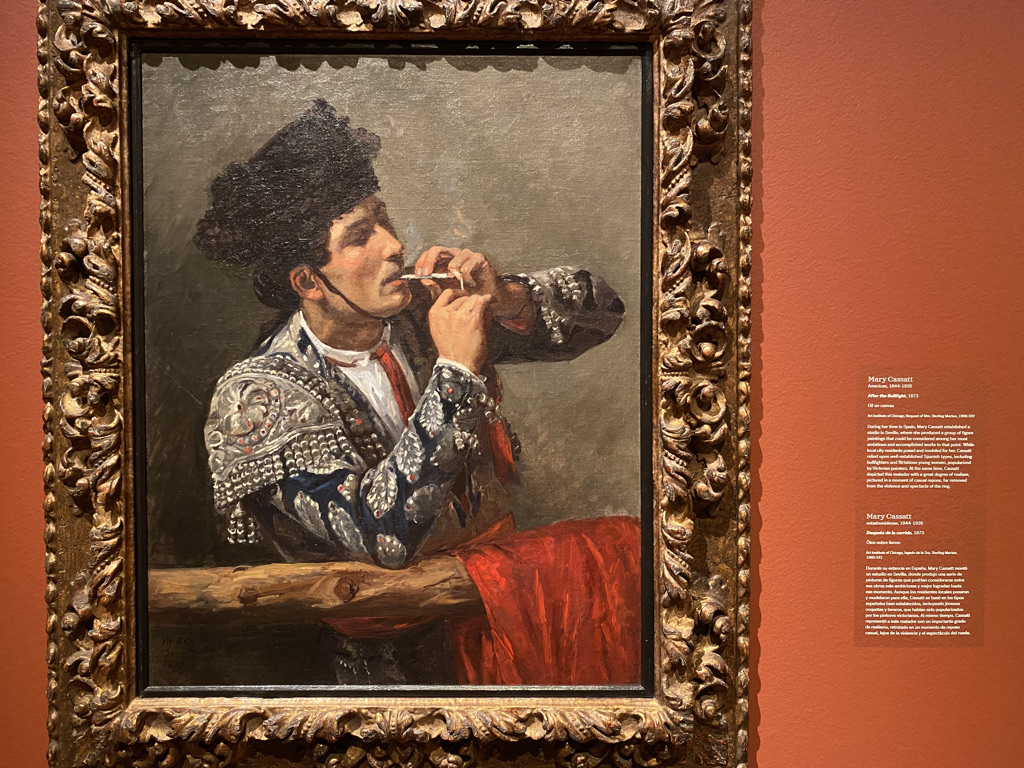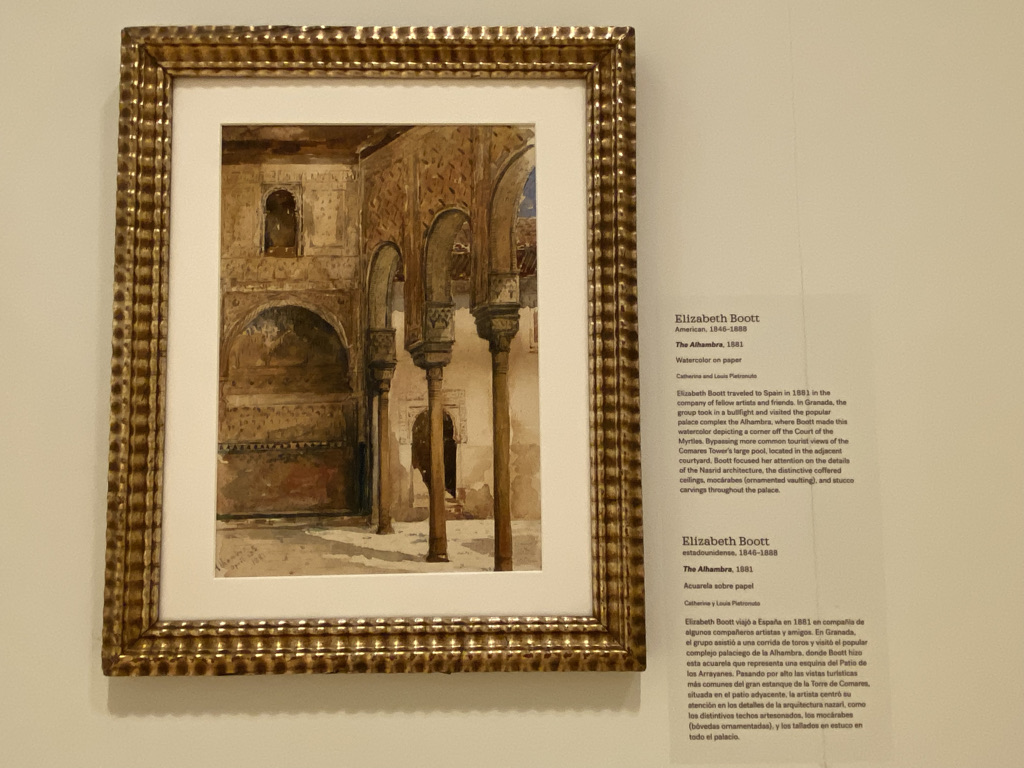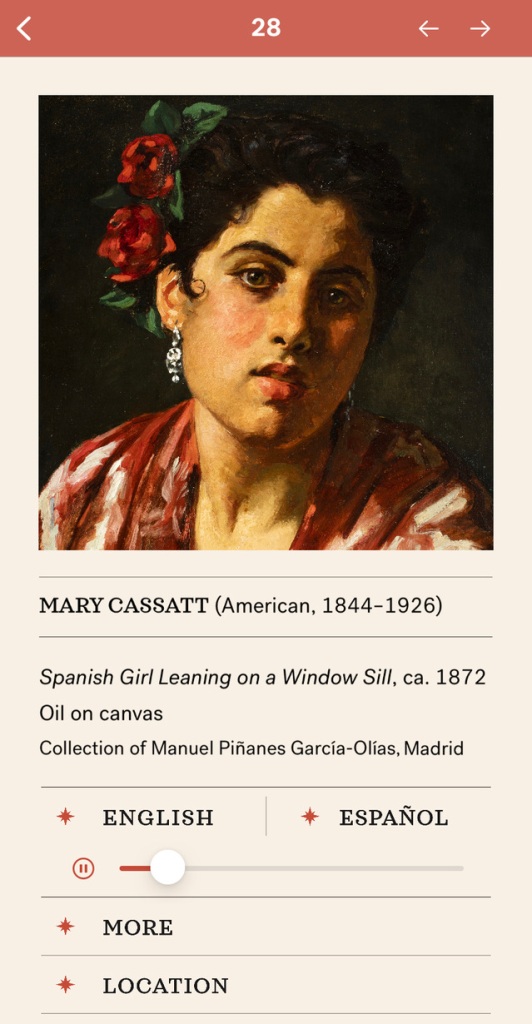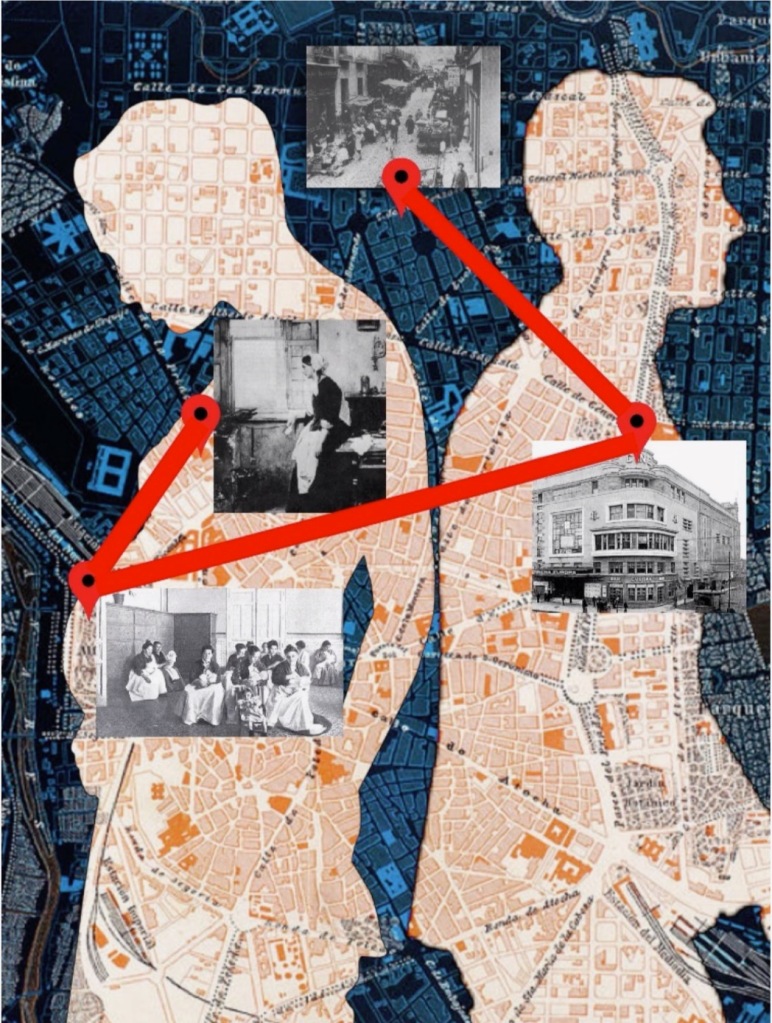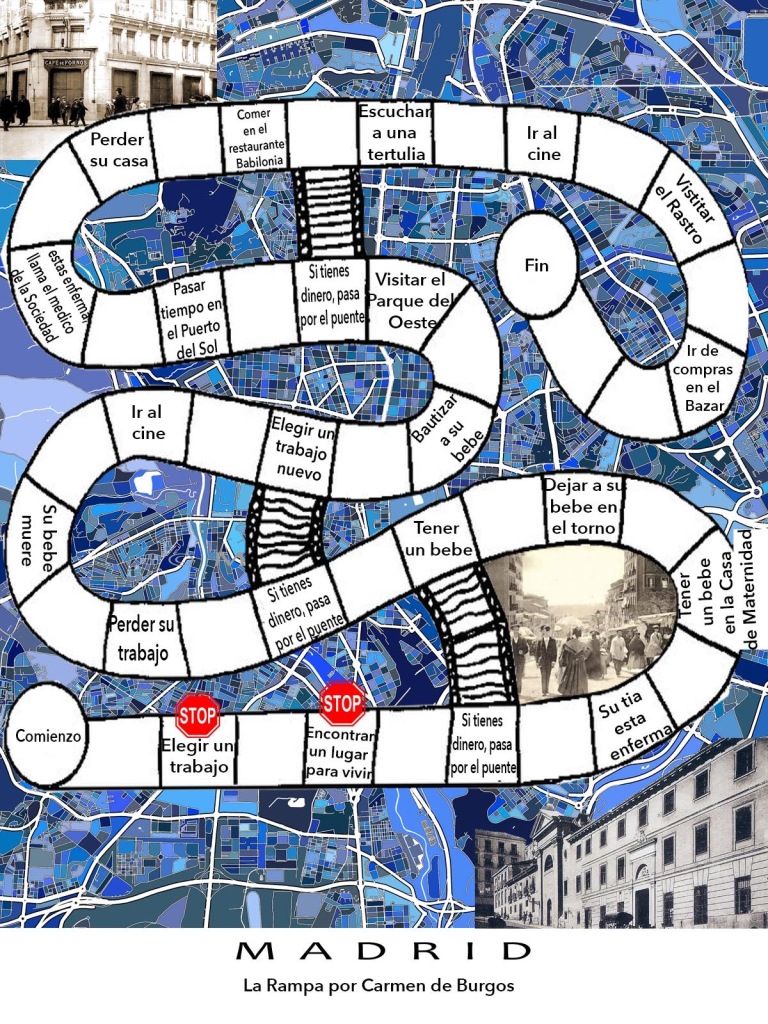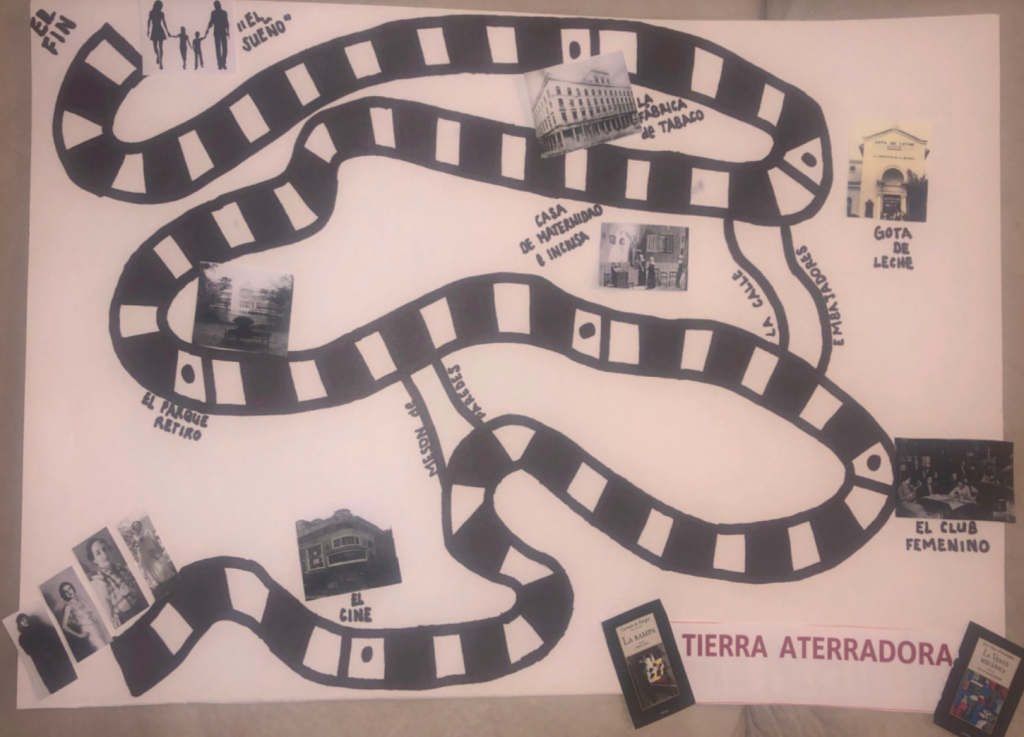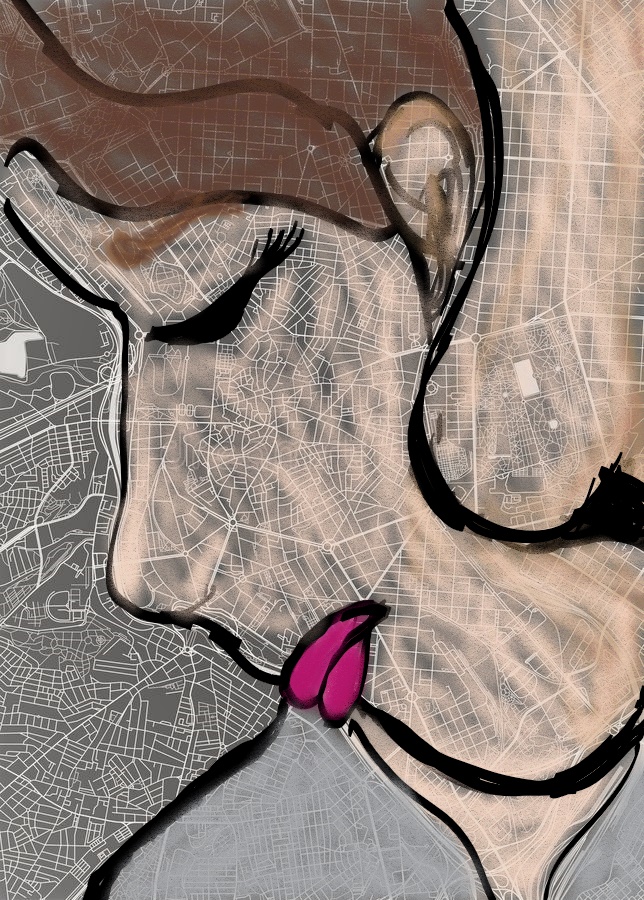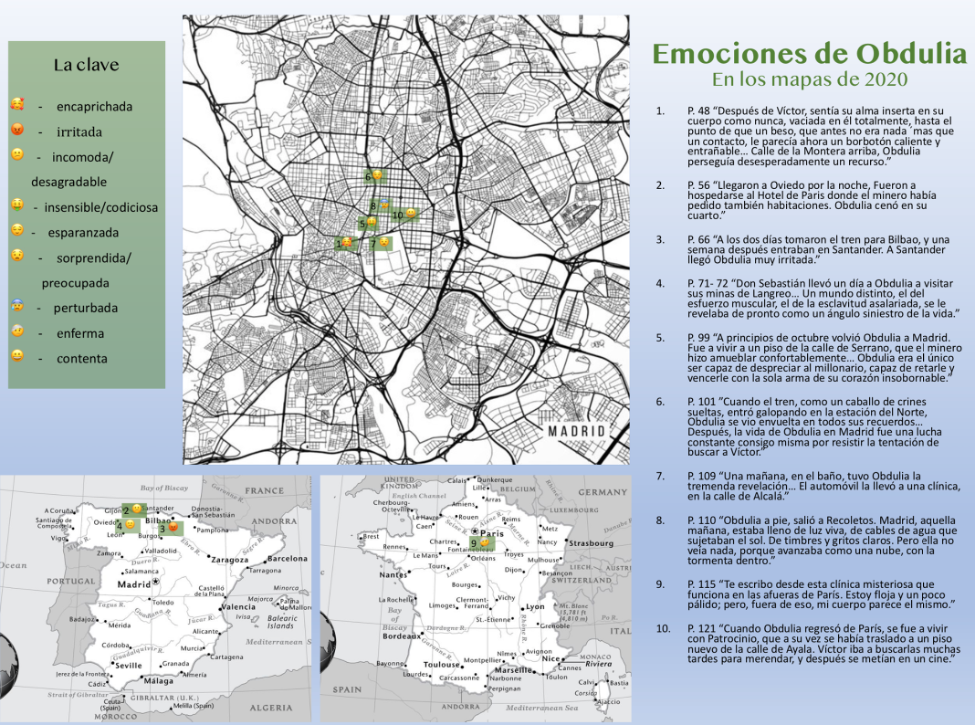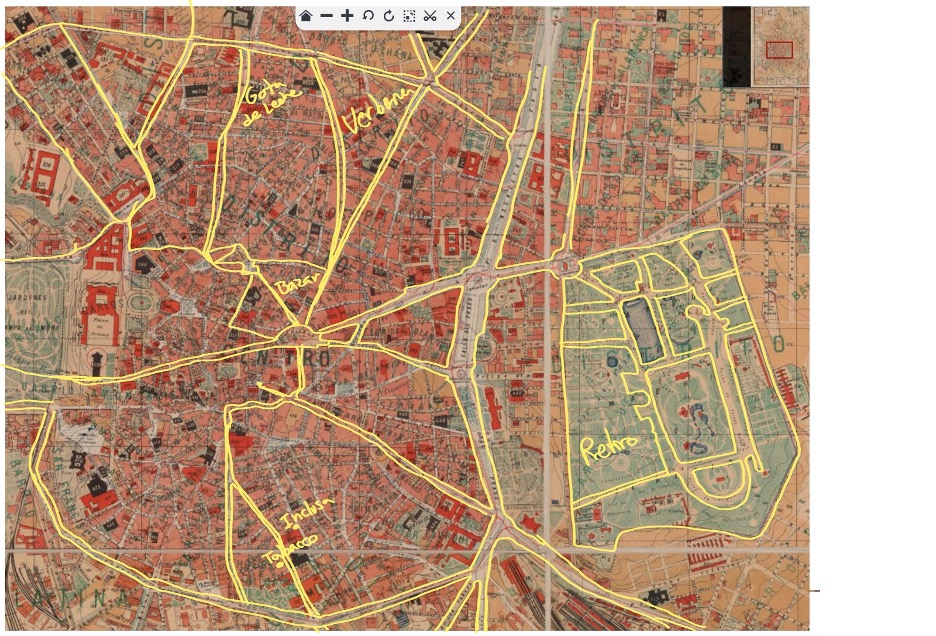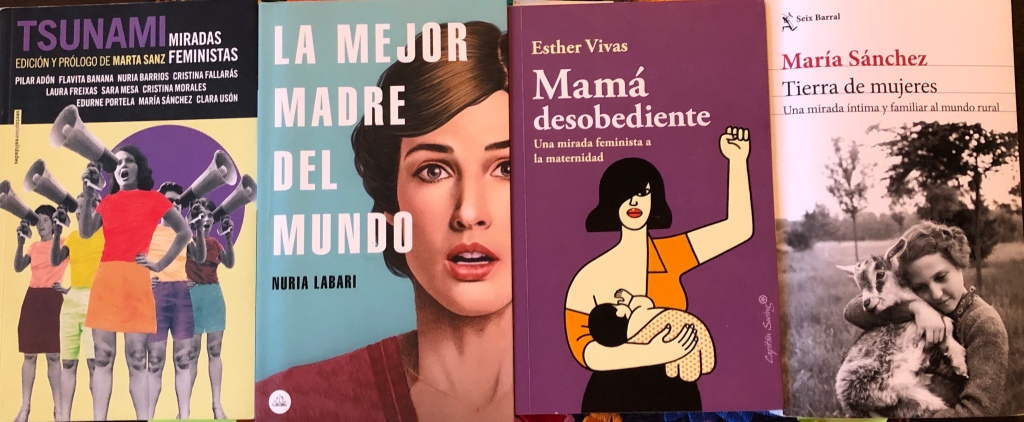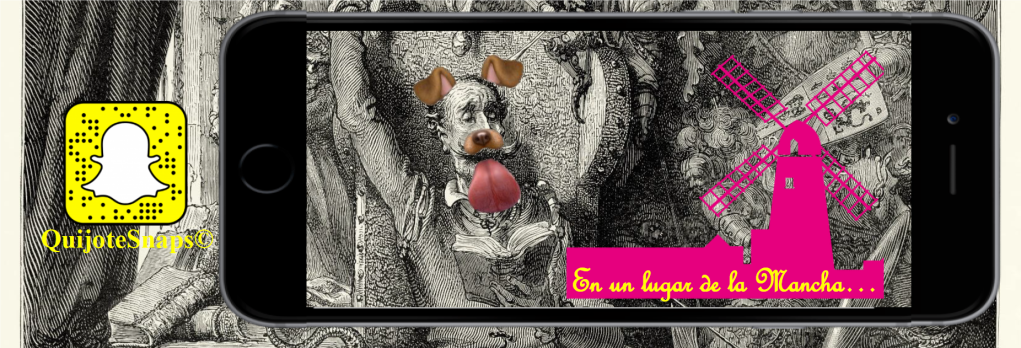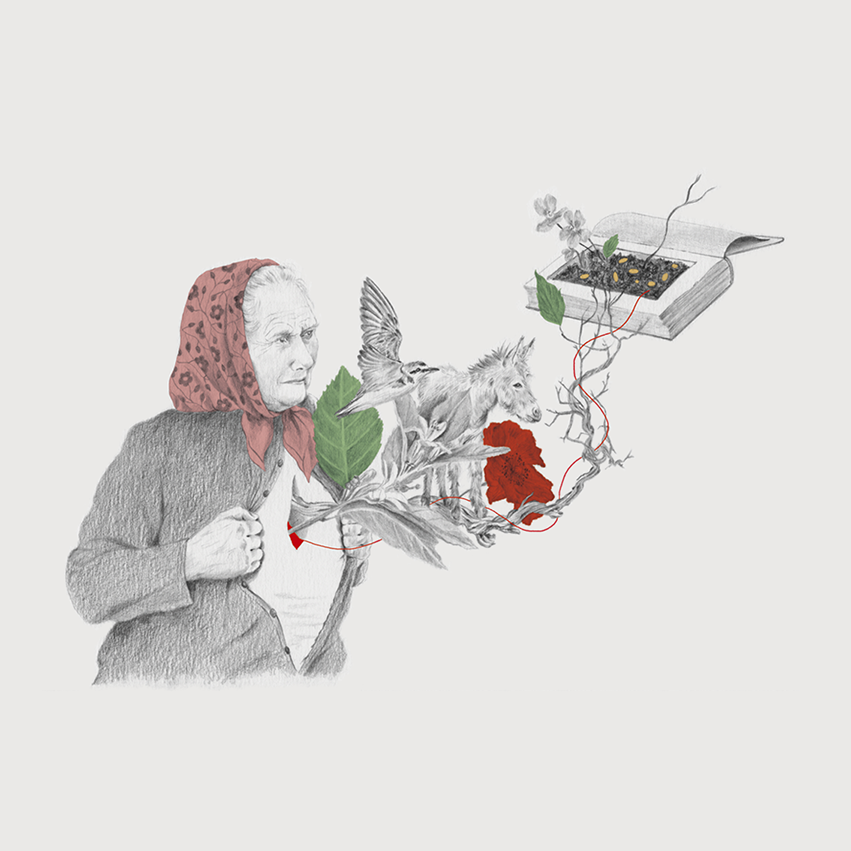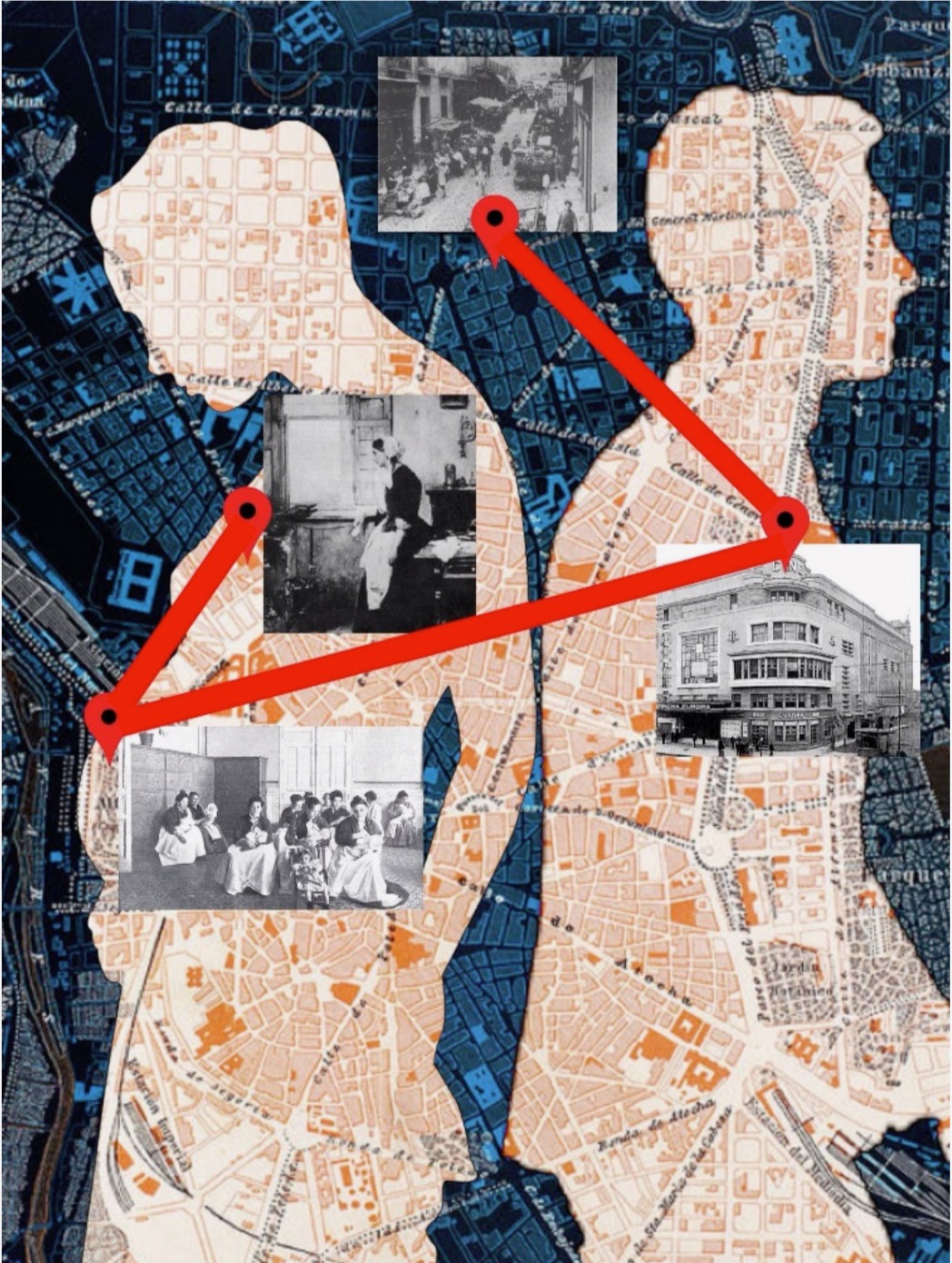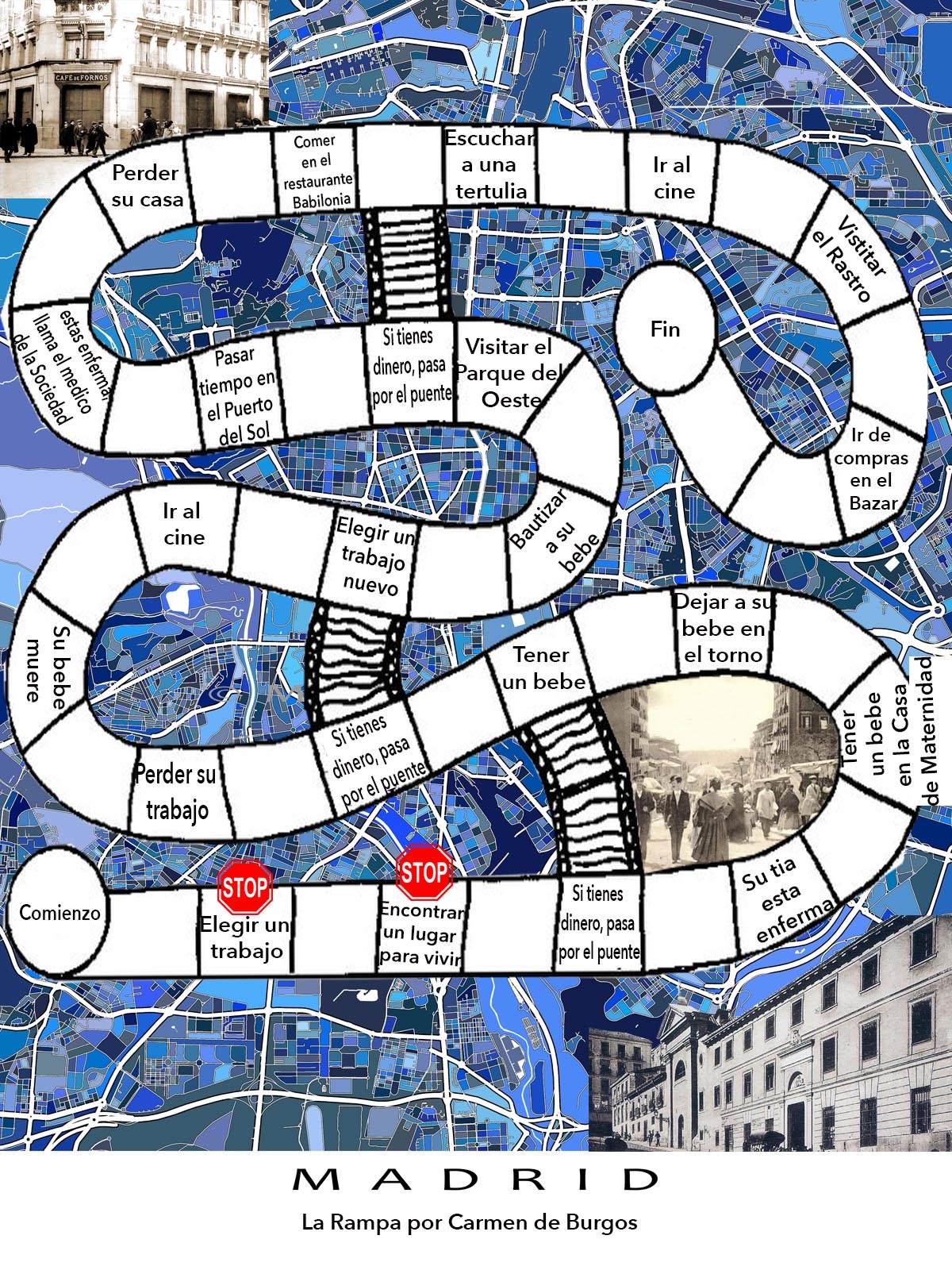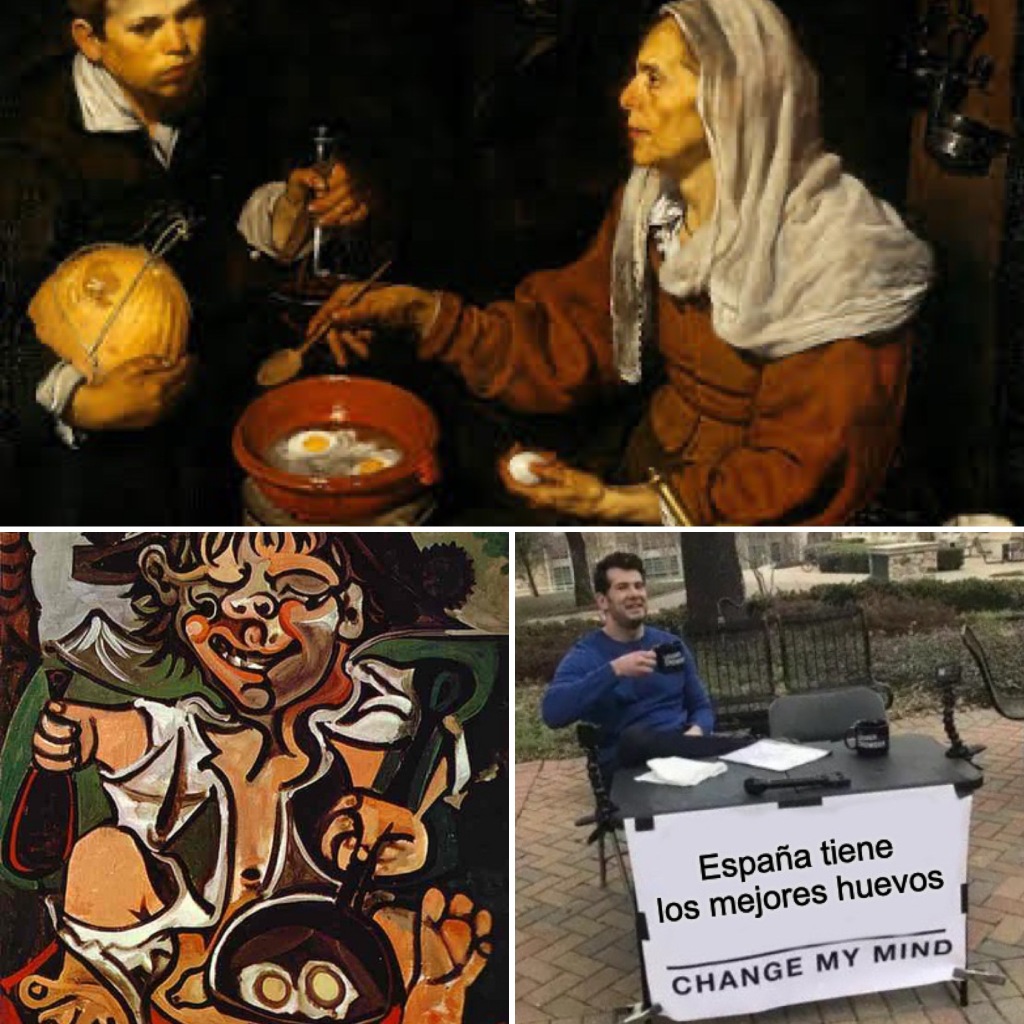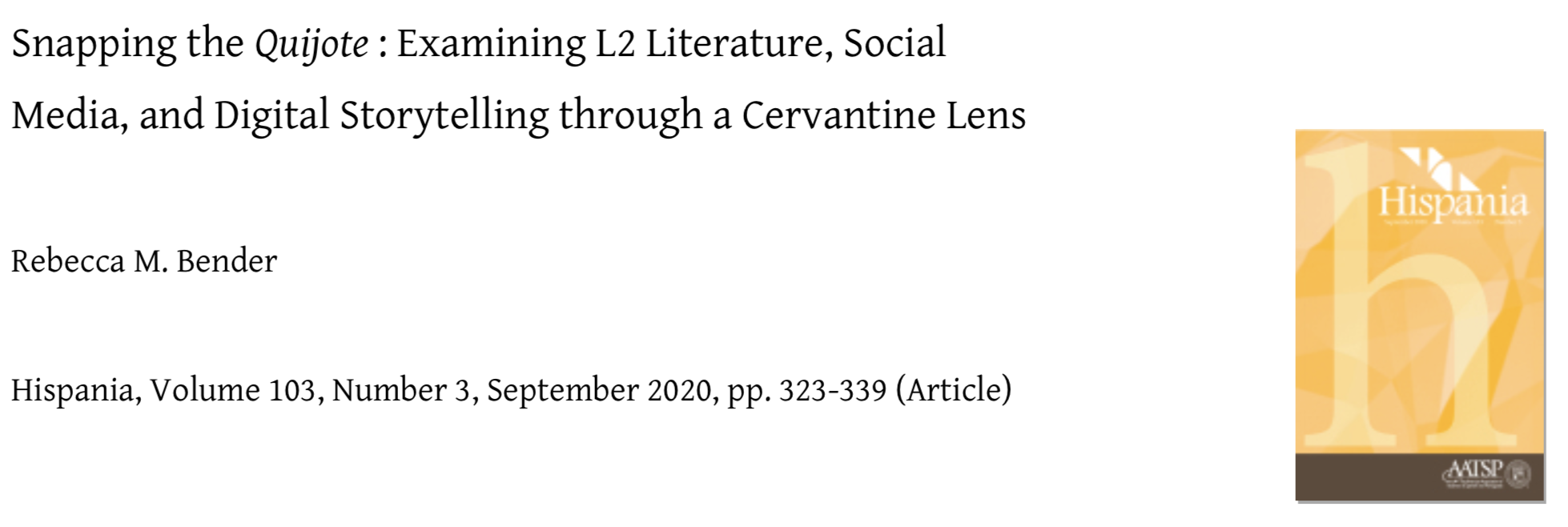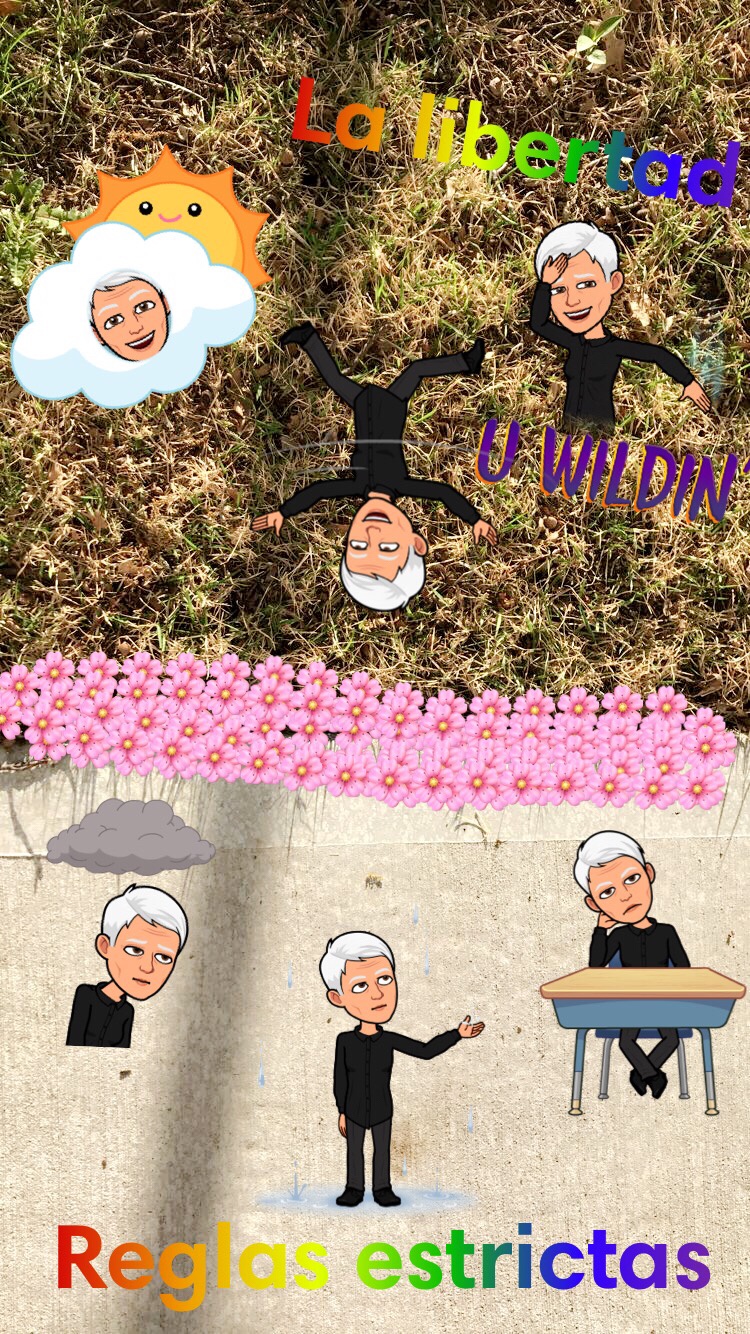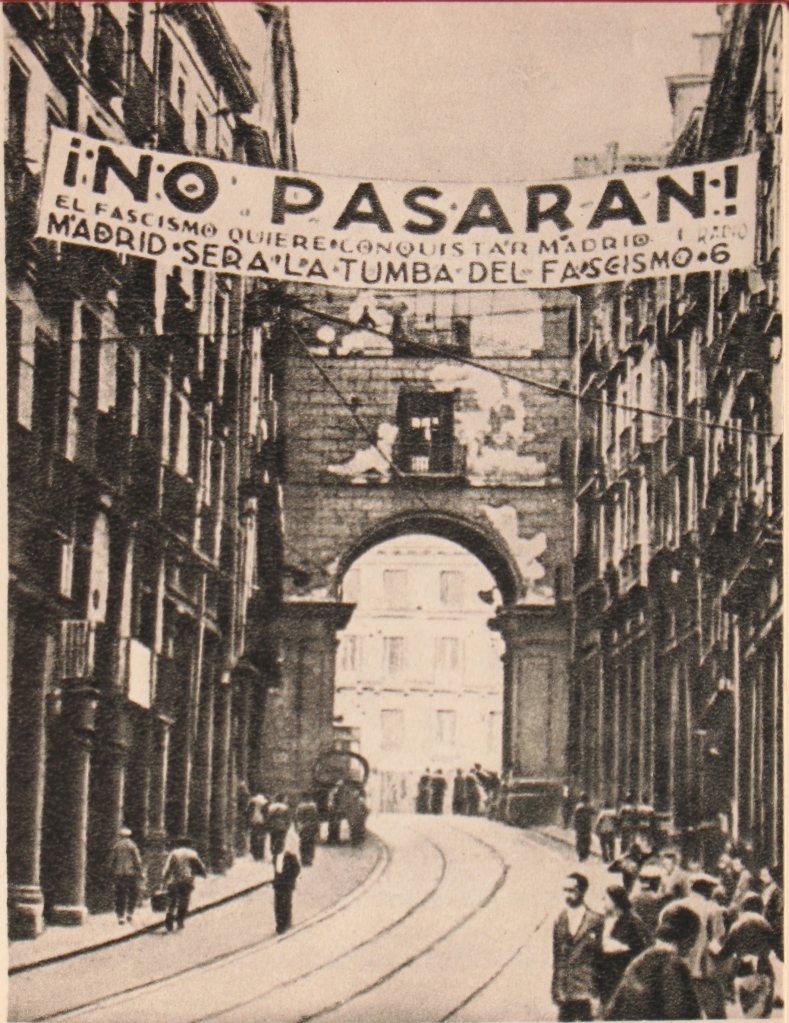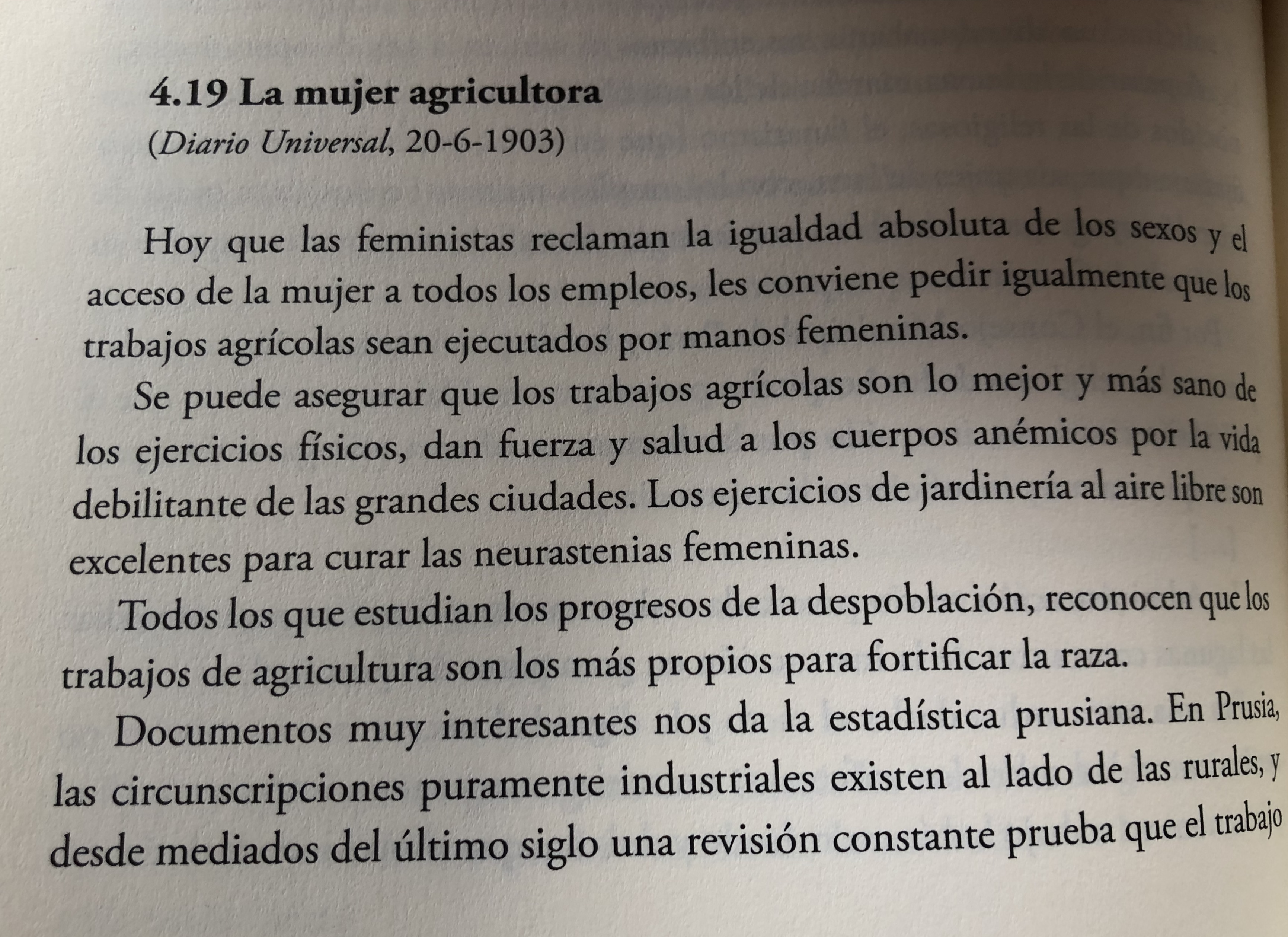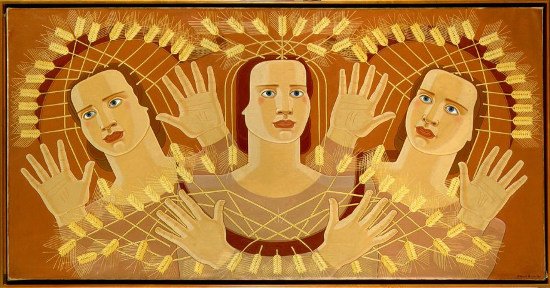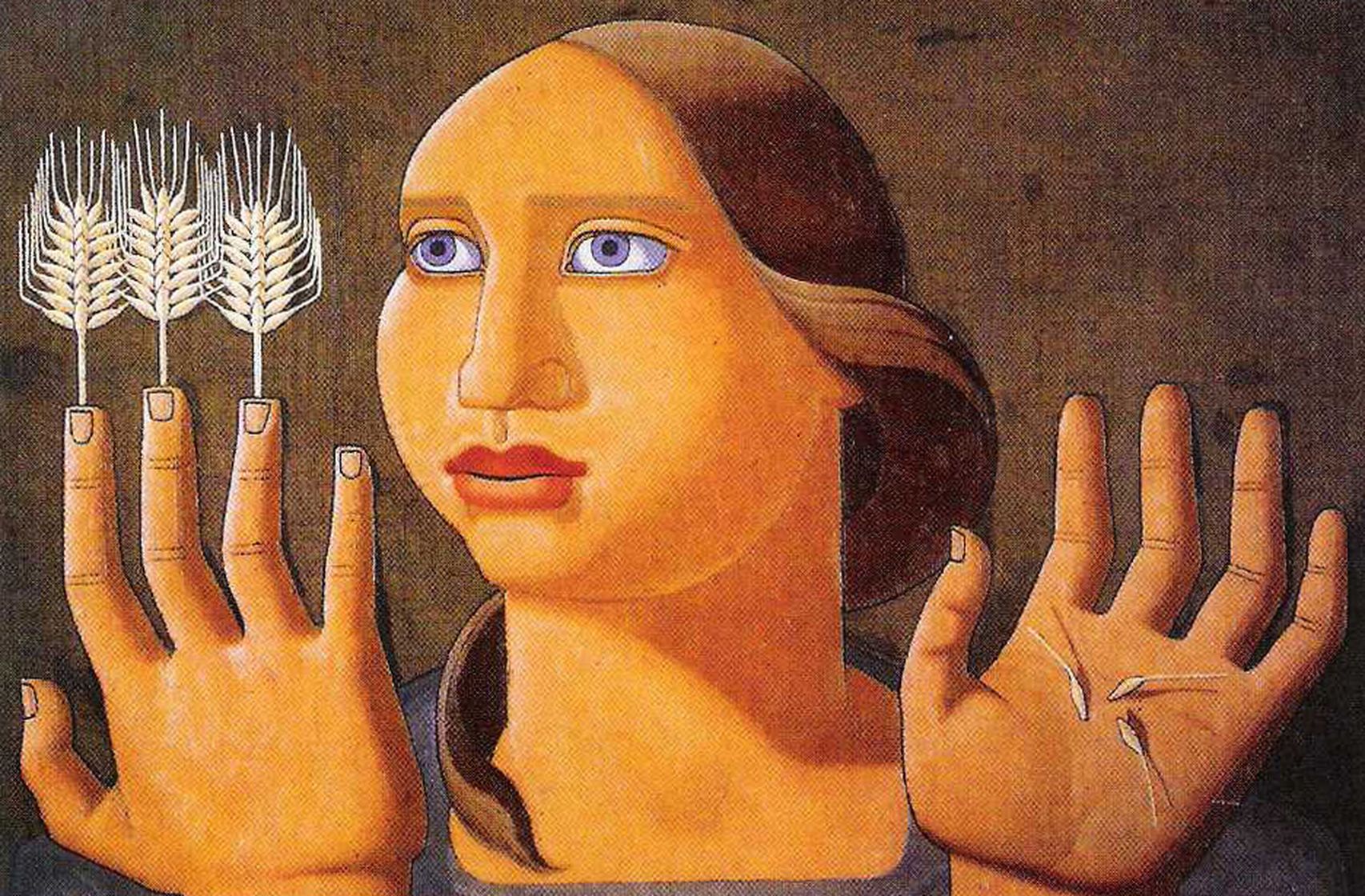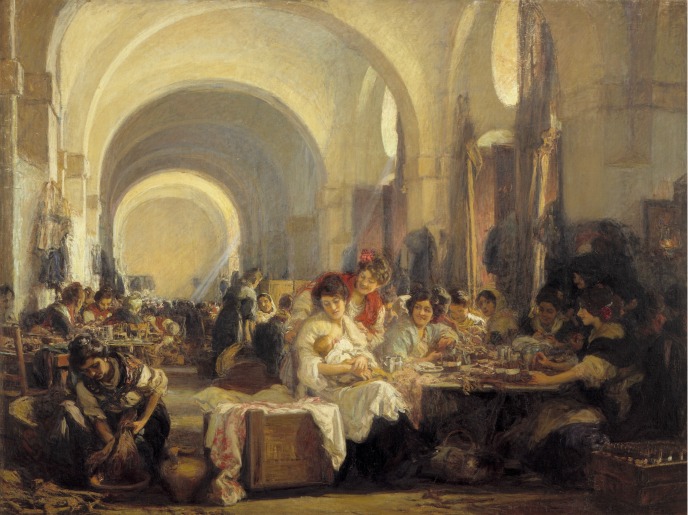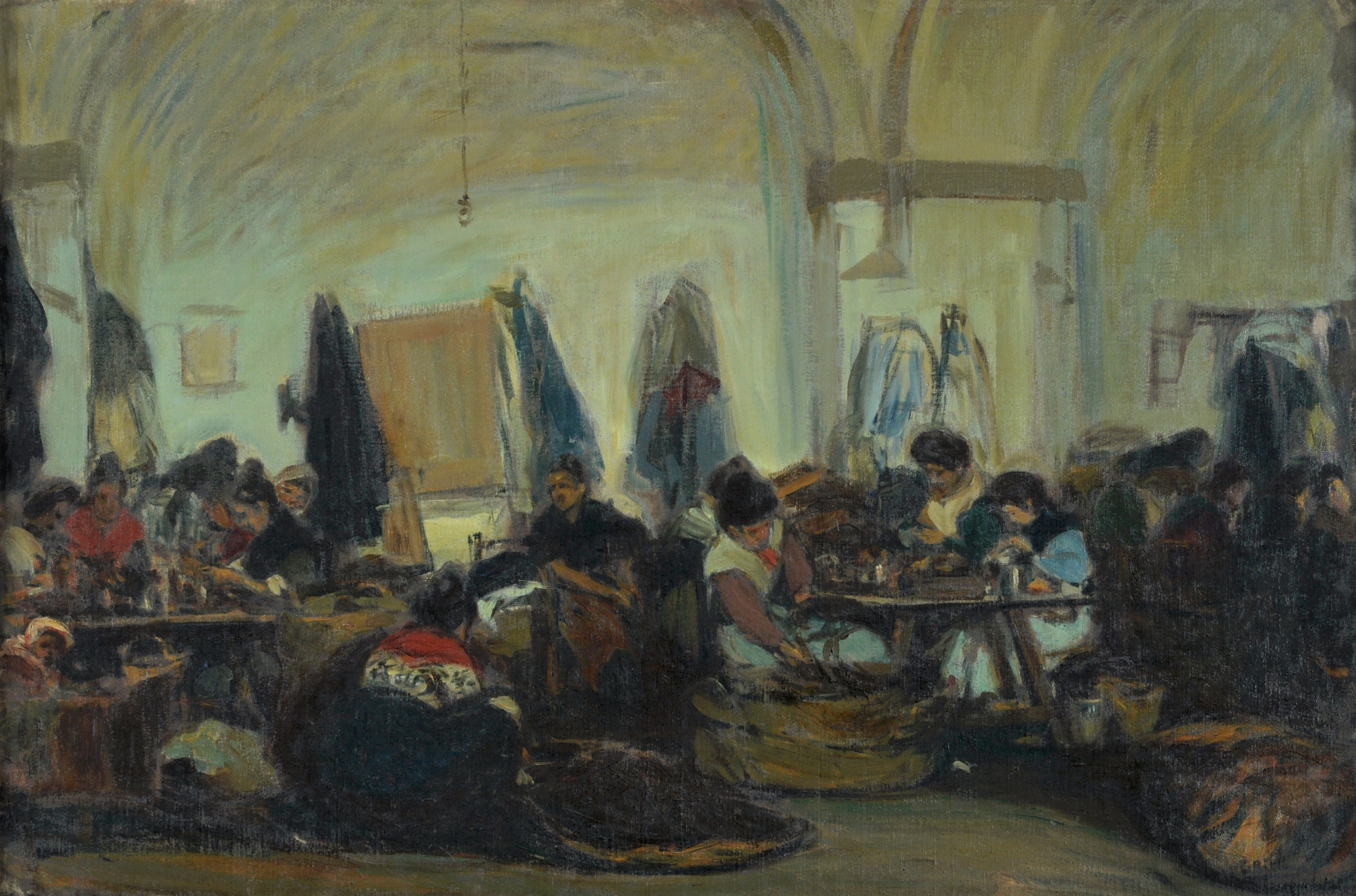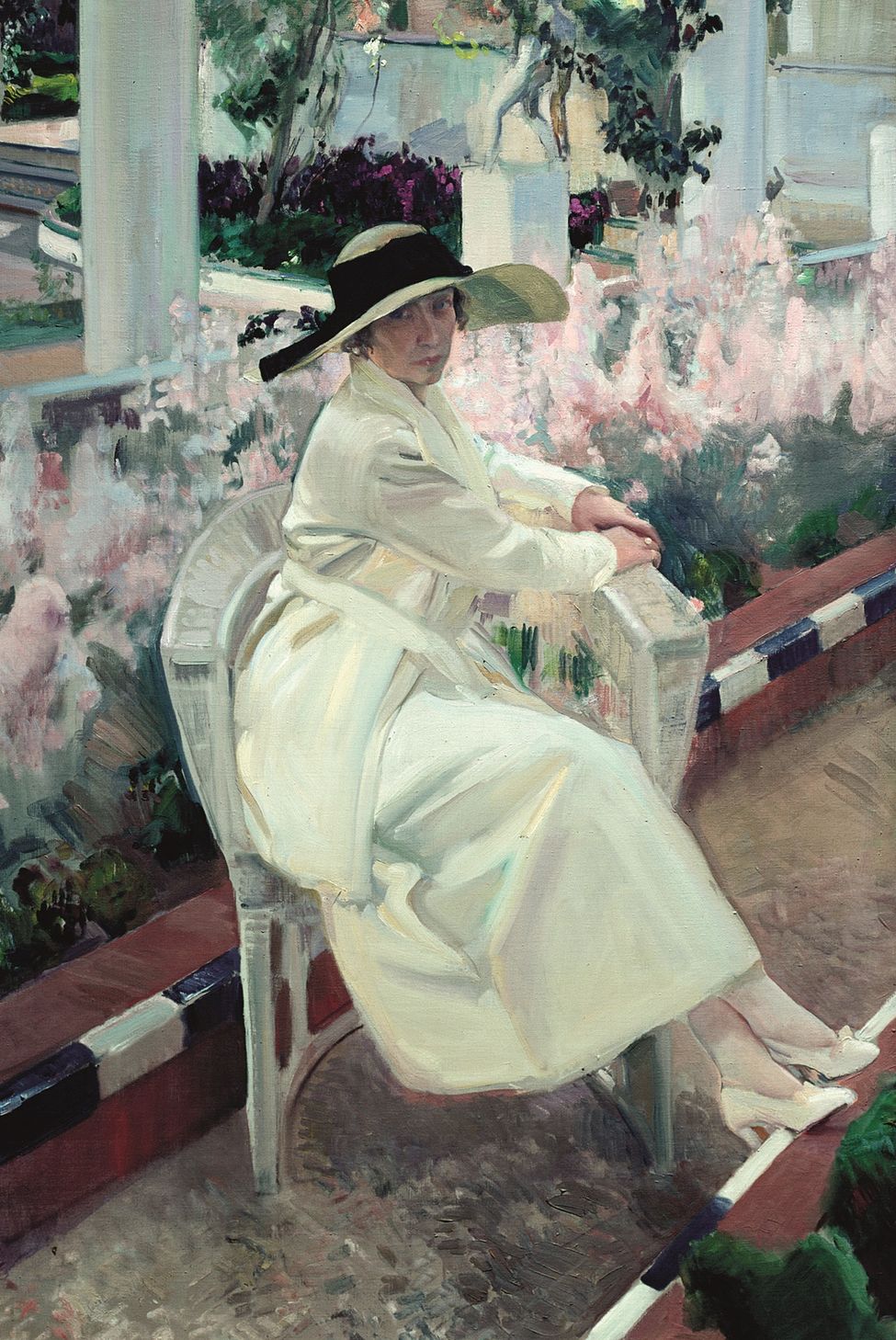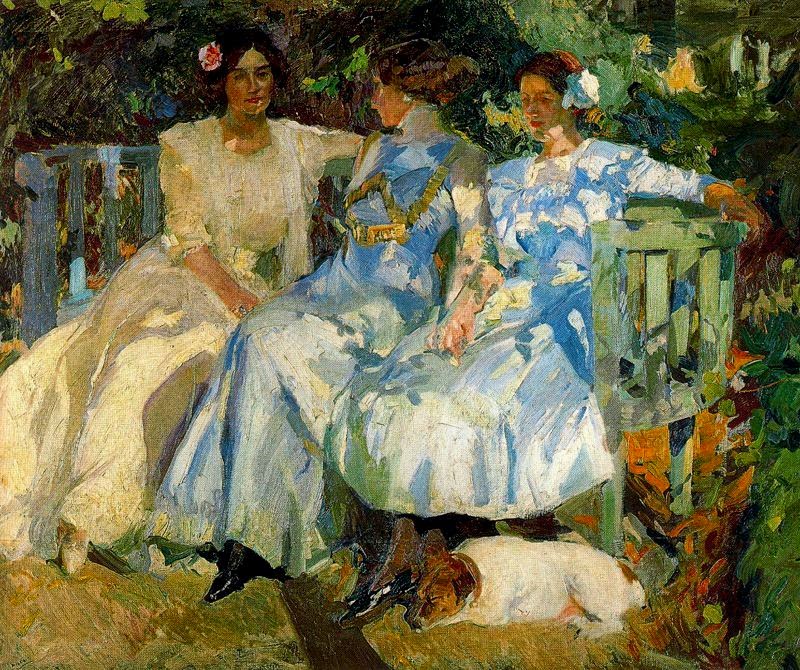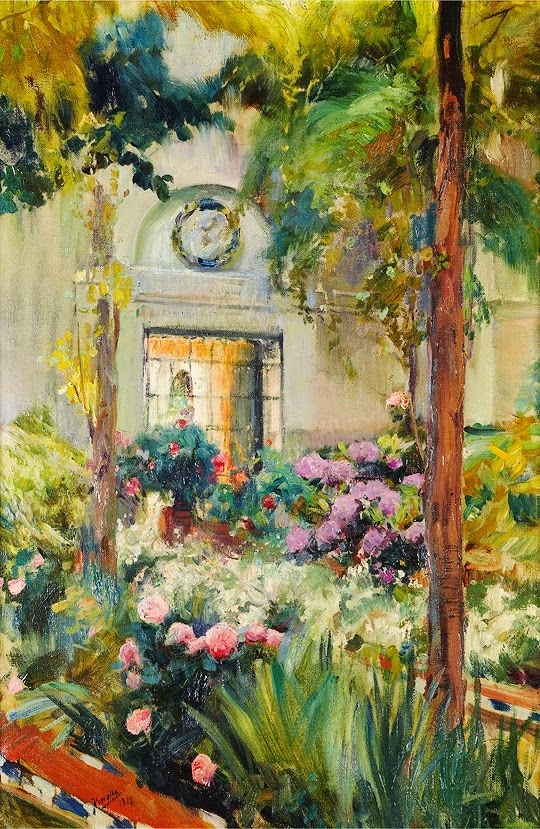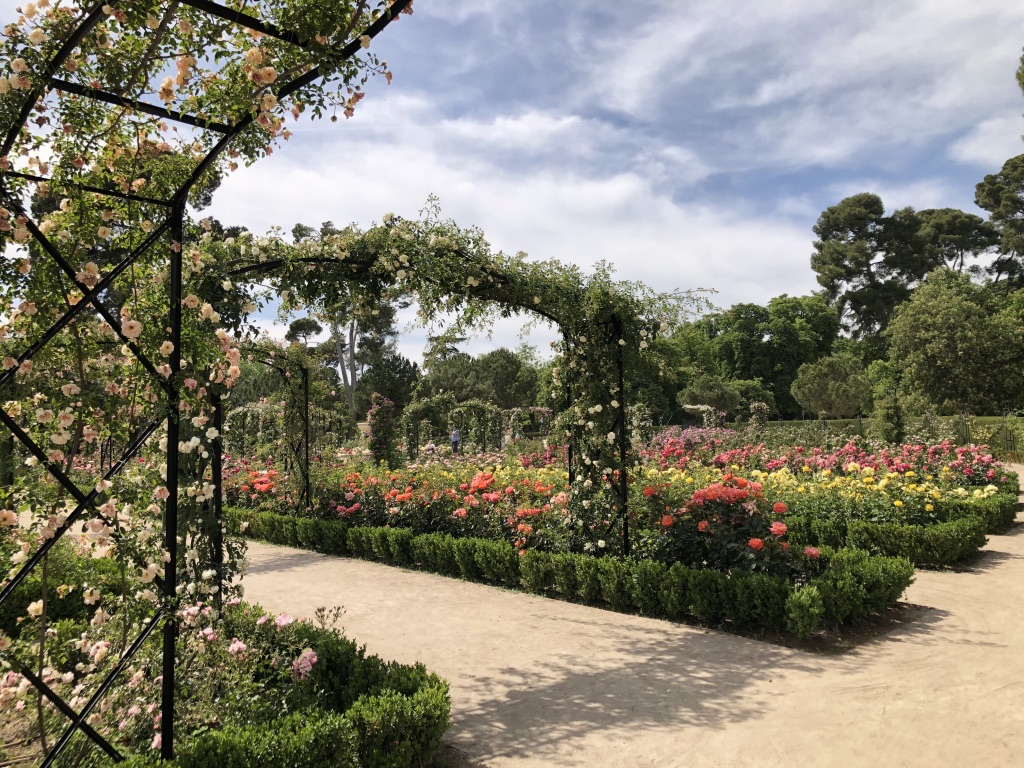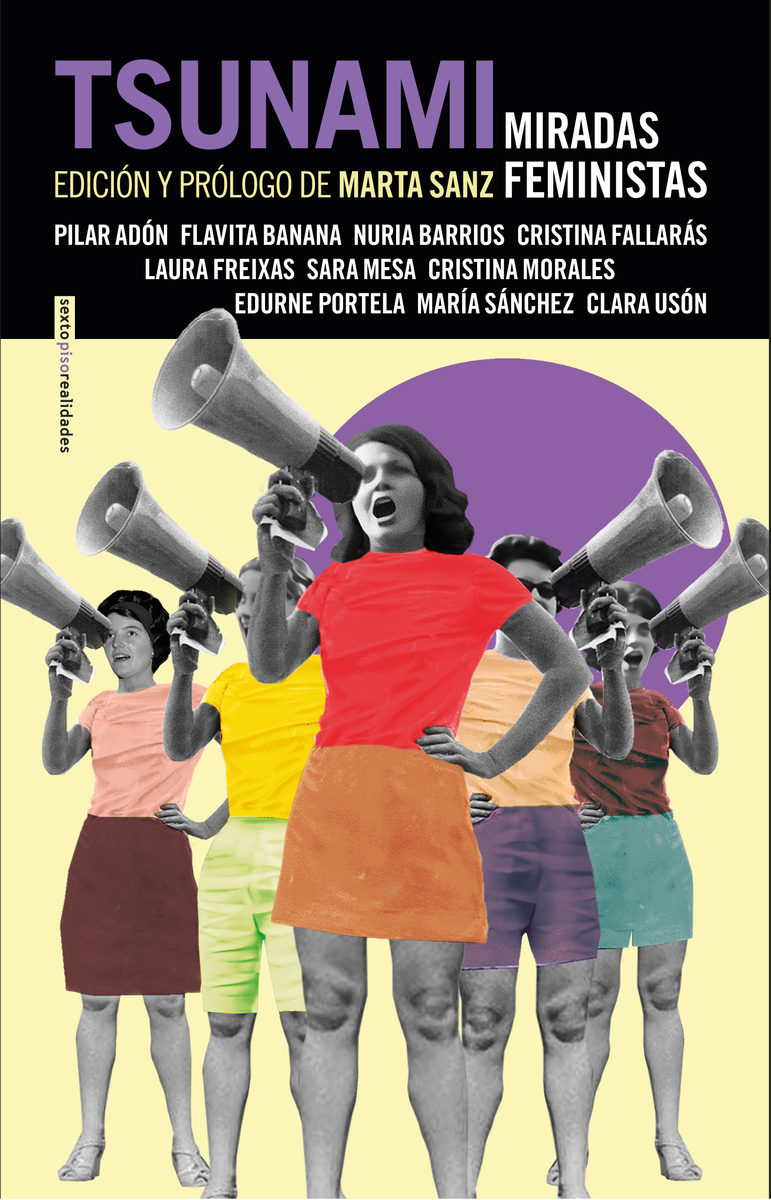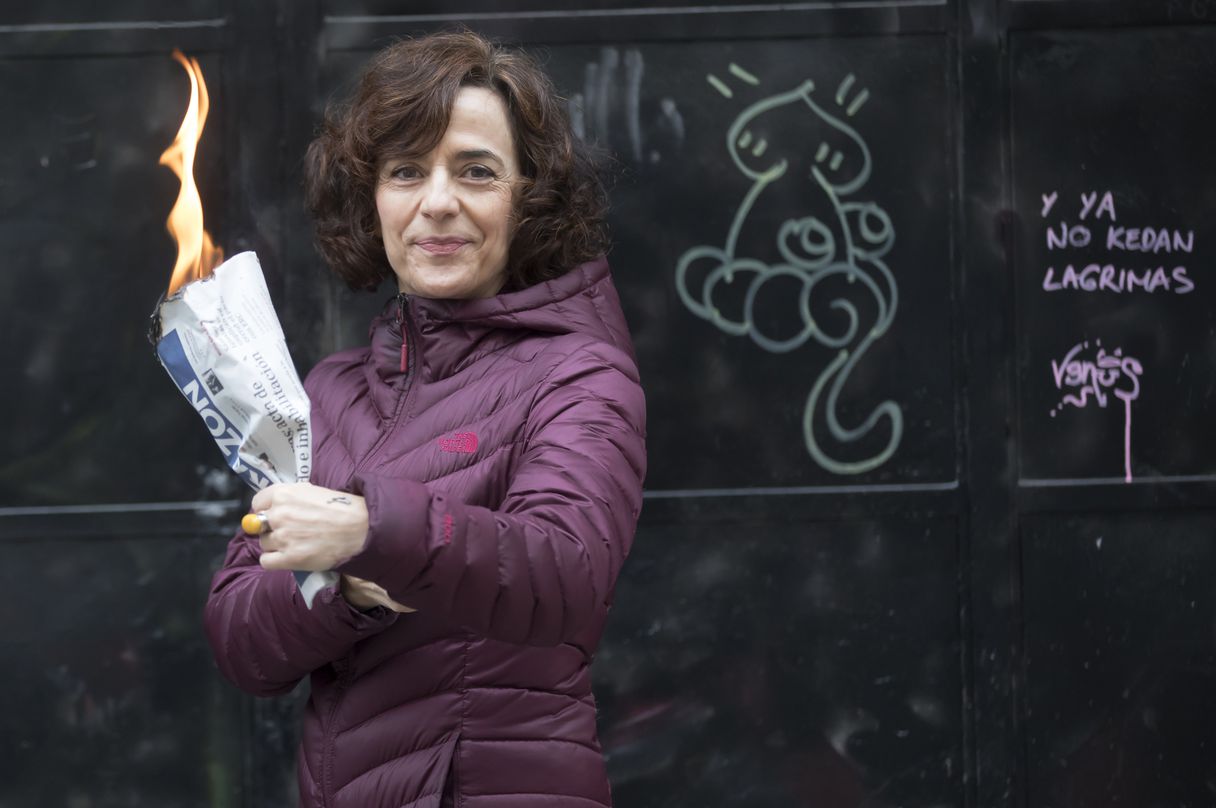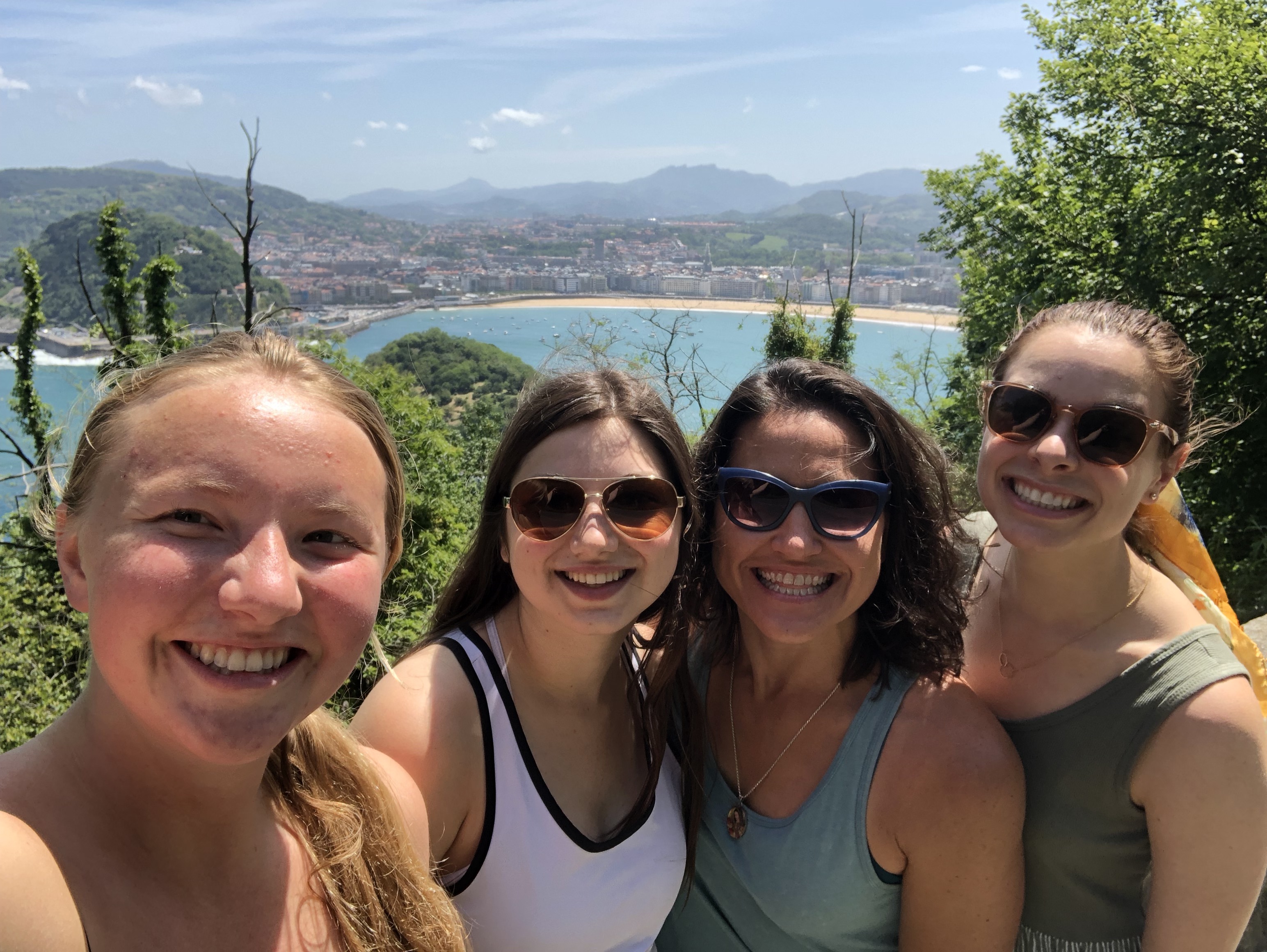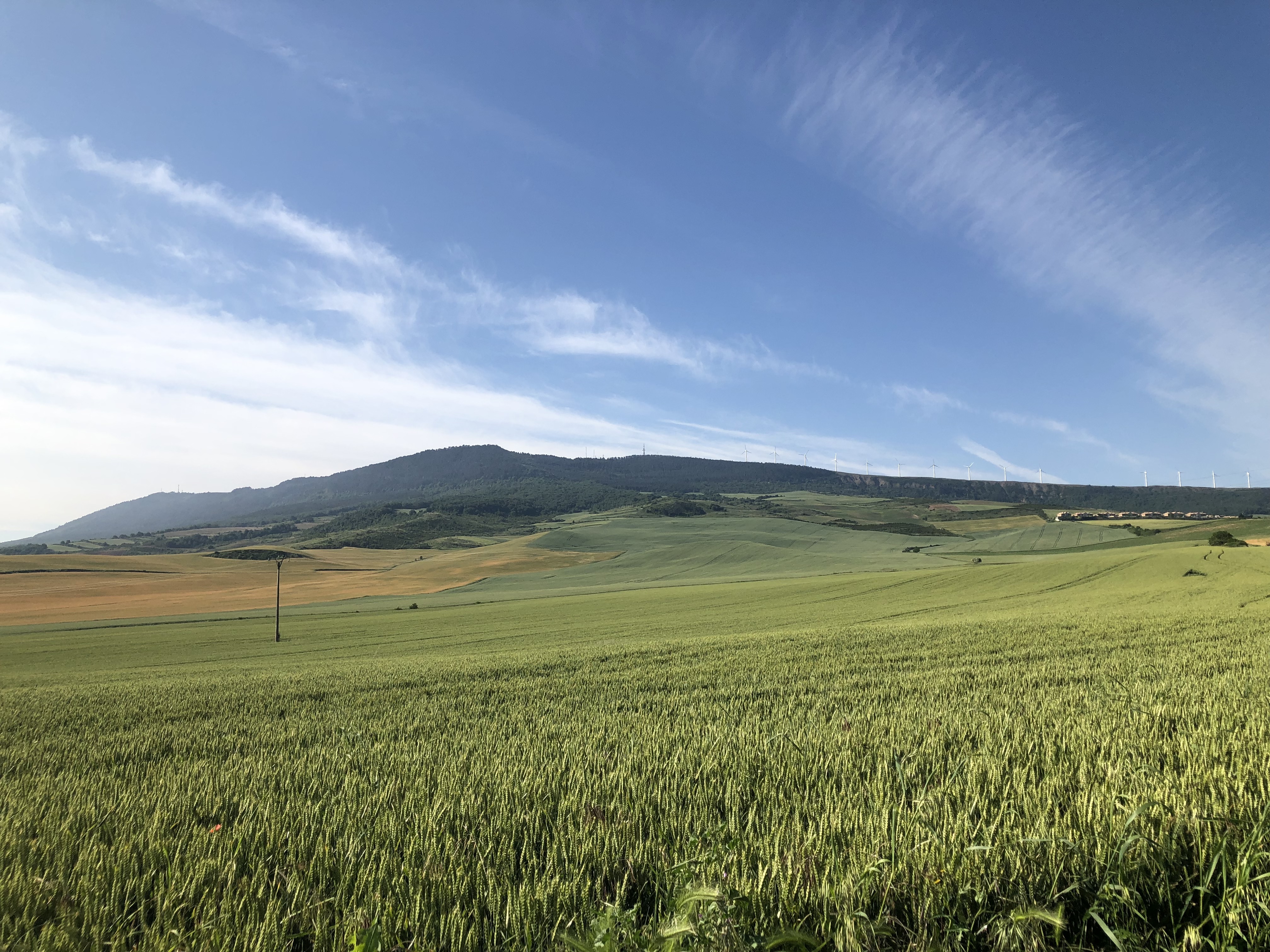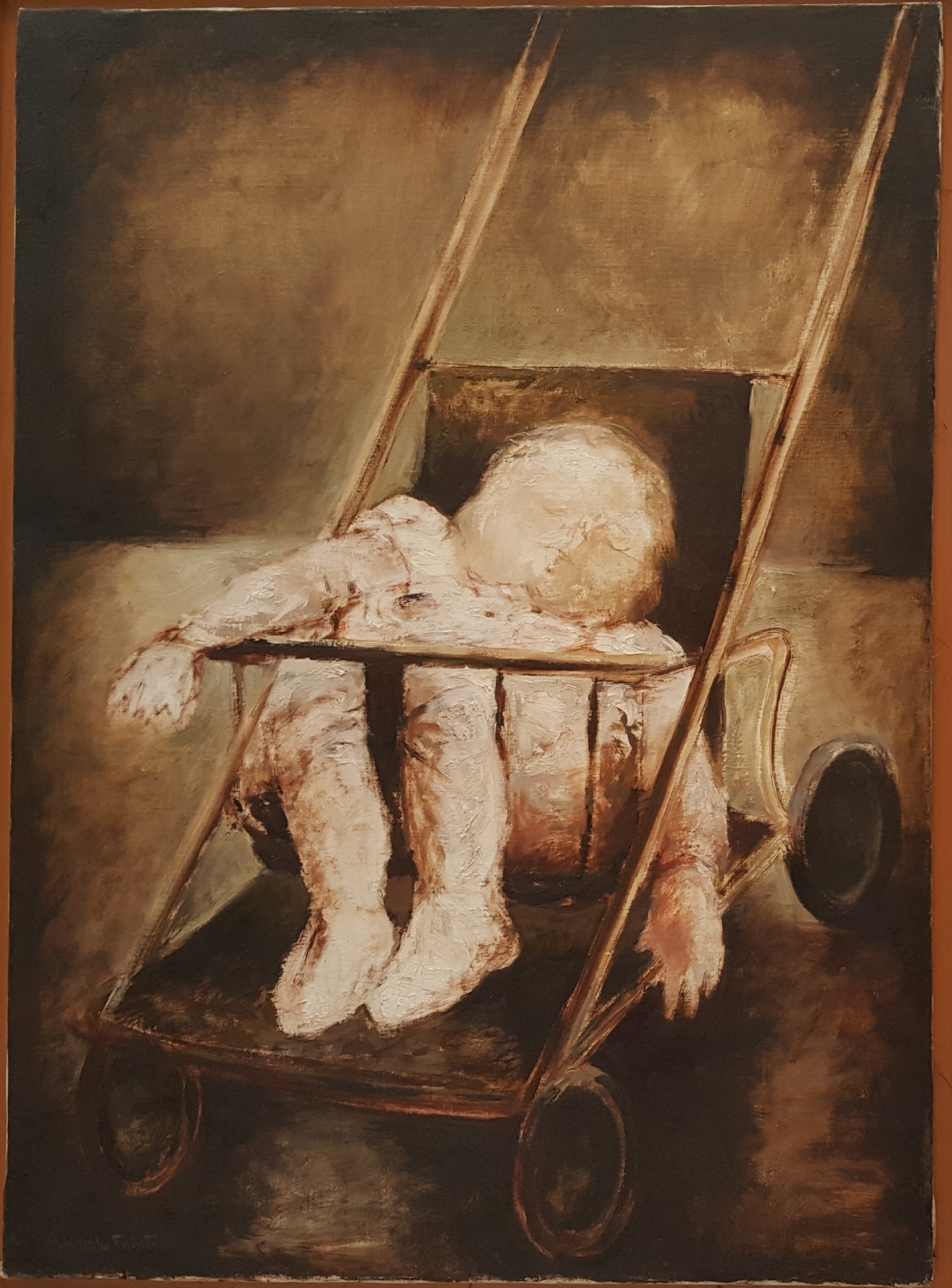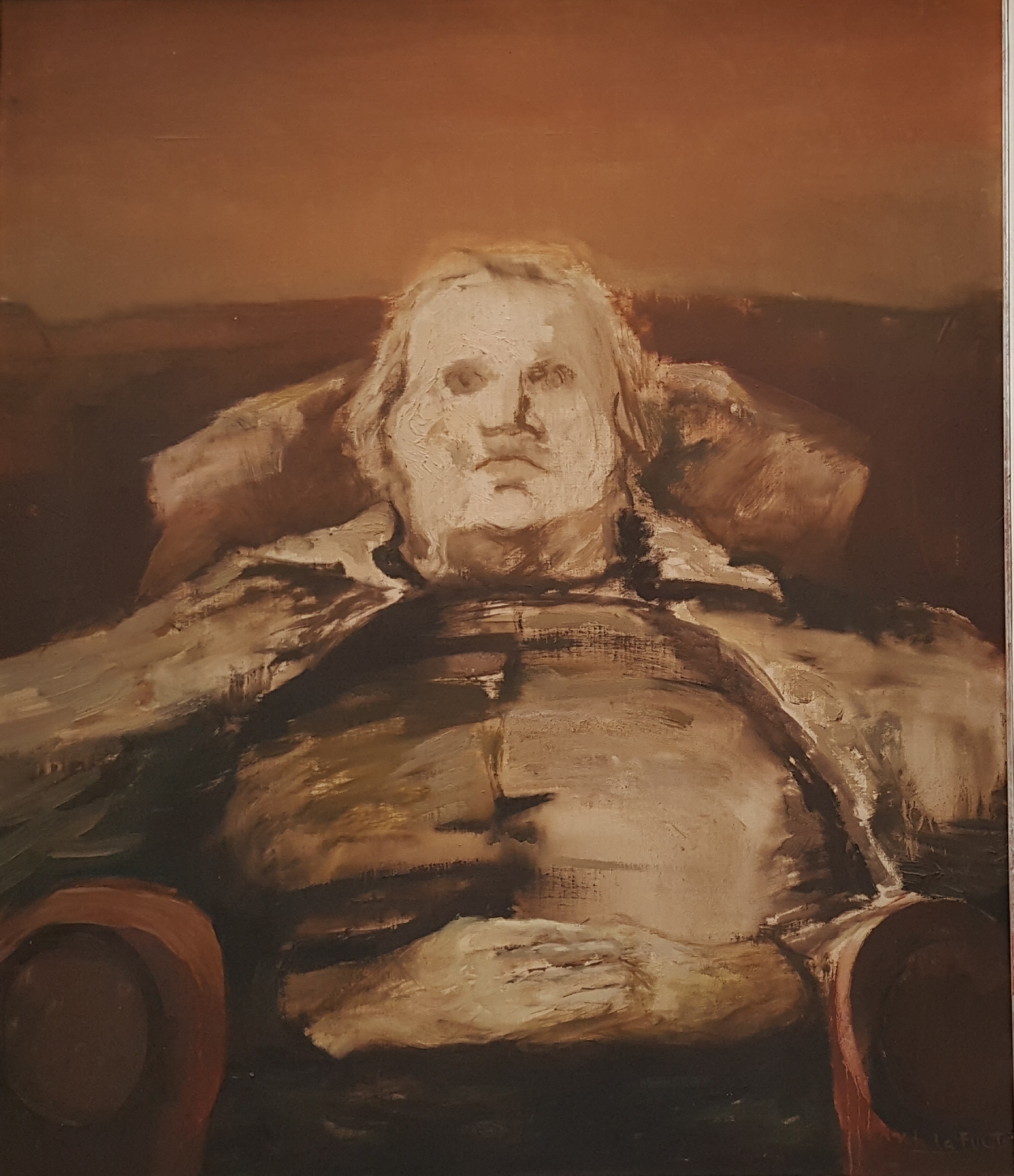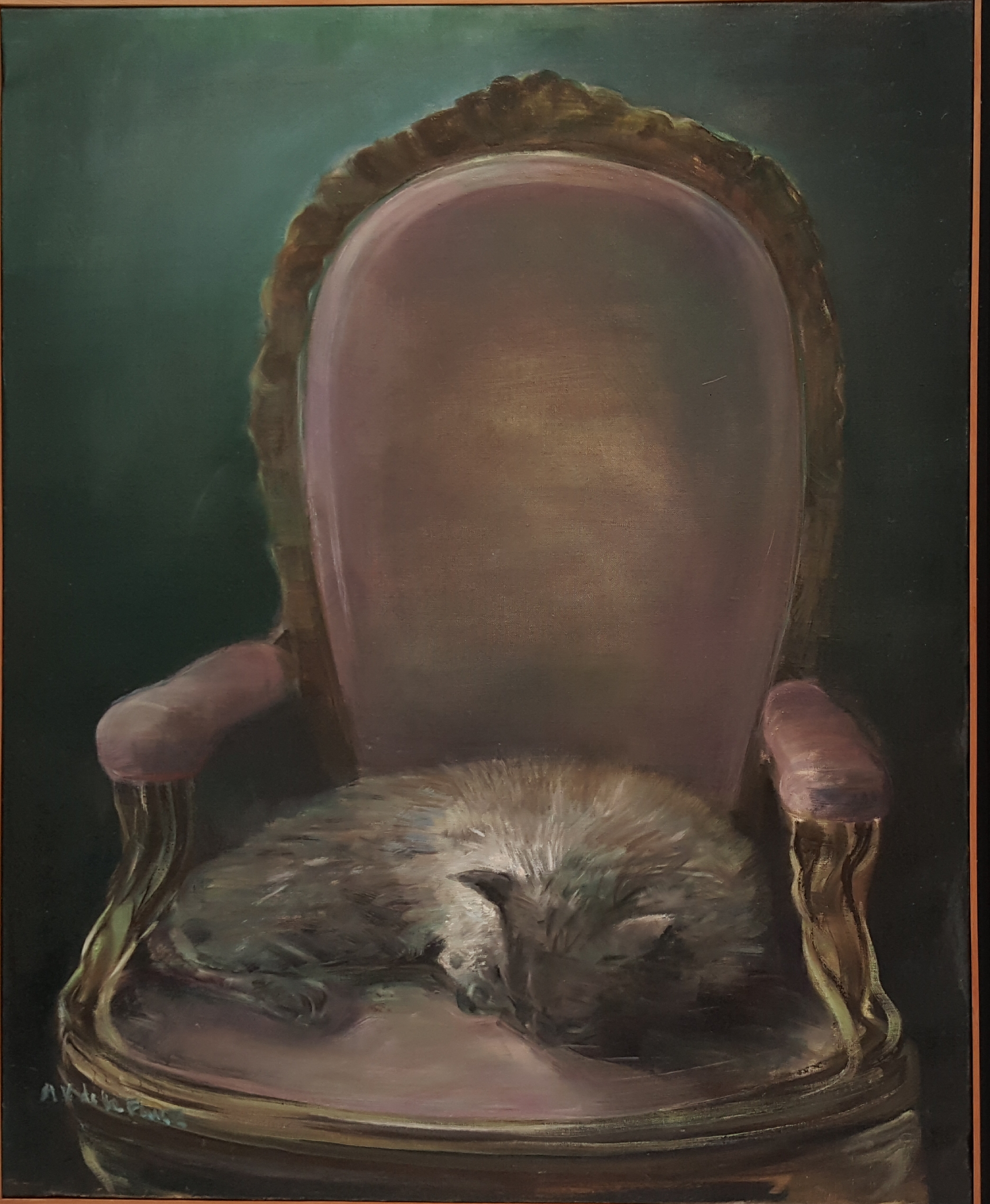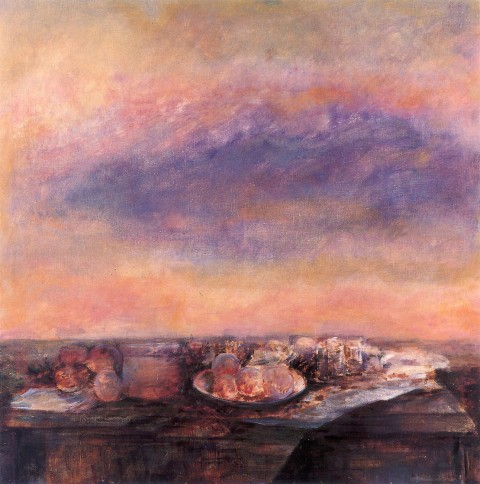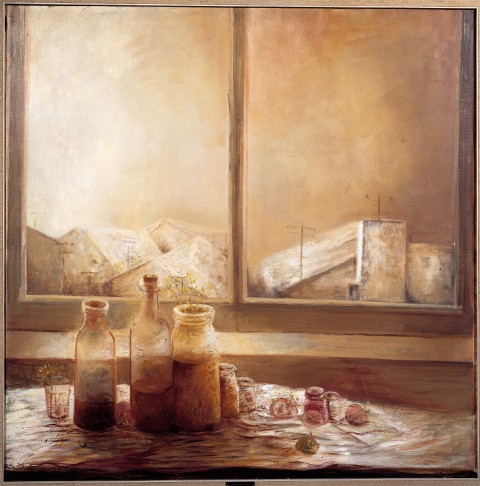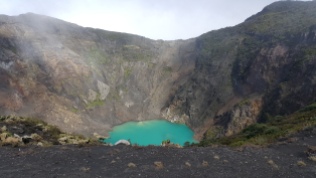It’s been a LONG time since I wrote a new post, as the past three years have been unpredictable and anxiety-ridden, to put it mildly! I was able to take students to Spain again this summer (2022) which was so exciting… but also very busy and time-consuming, especially after being “out of practice” with international travel and study abroad since 2019! While it was a fantastic summer and felt like a return to normalcy in some ways, it also flew by and I arrived back from Spain to begin a new position this year as Interim Department Head. So… I will end this little intro here.
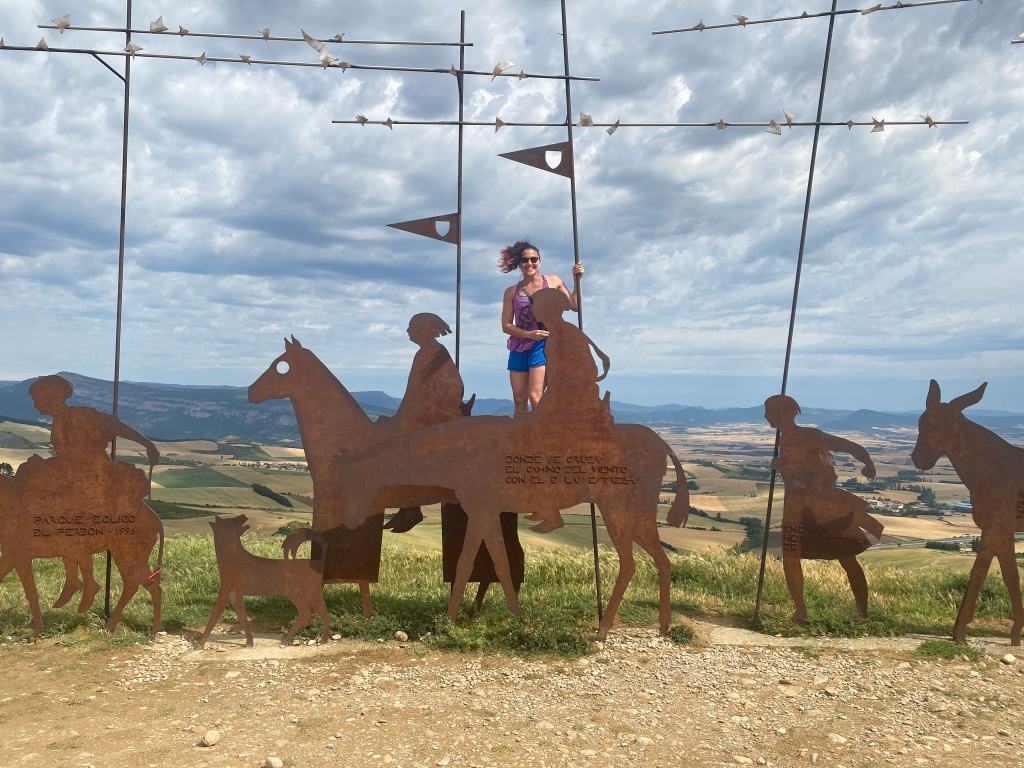
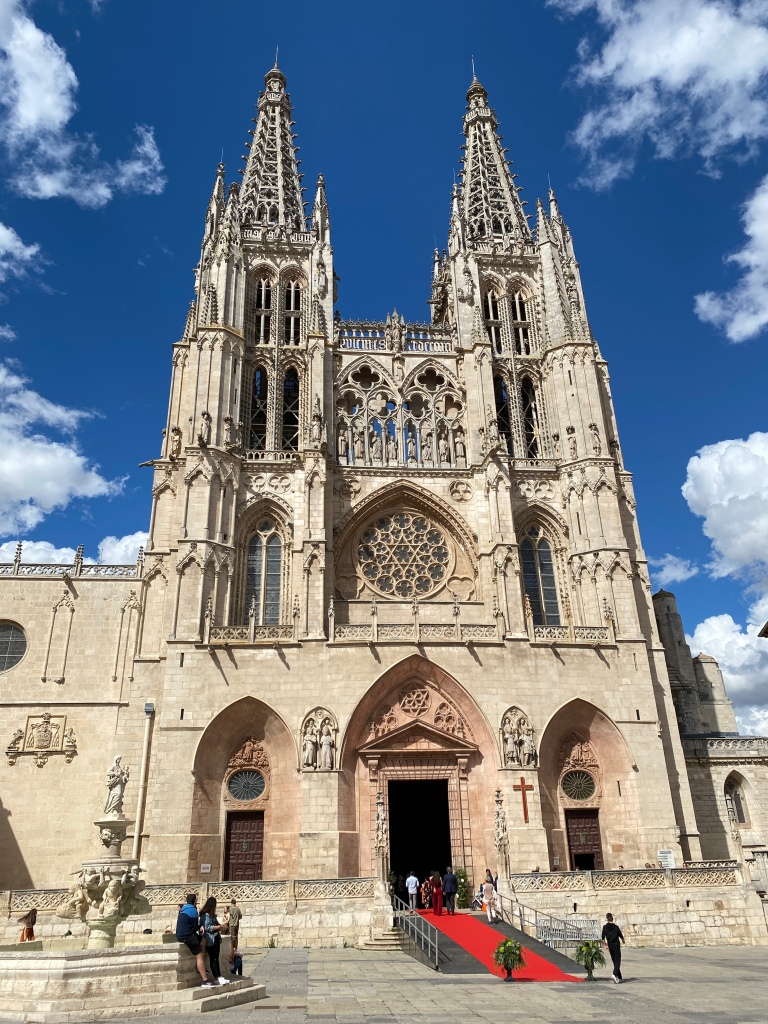
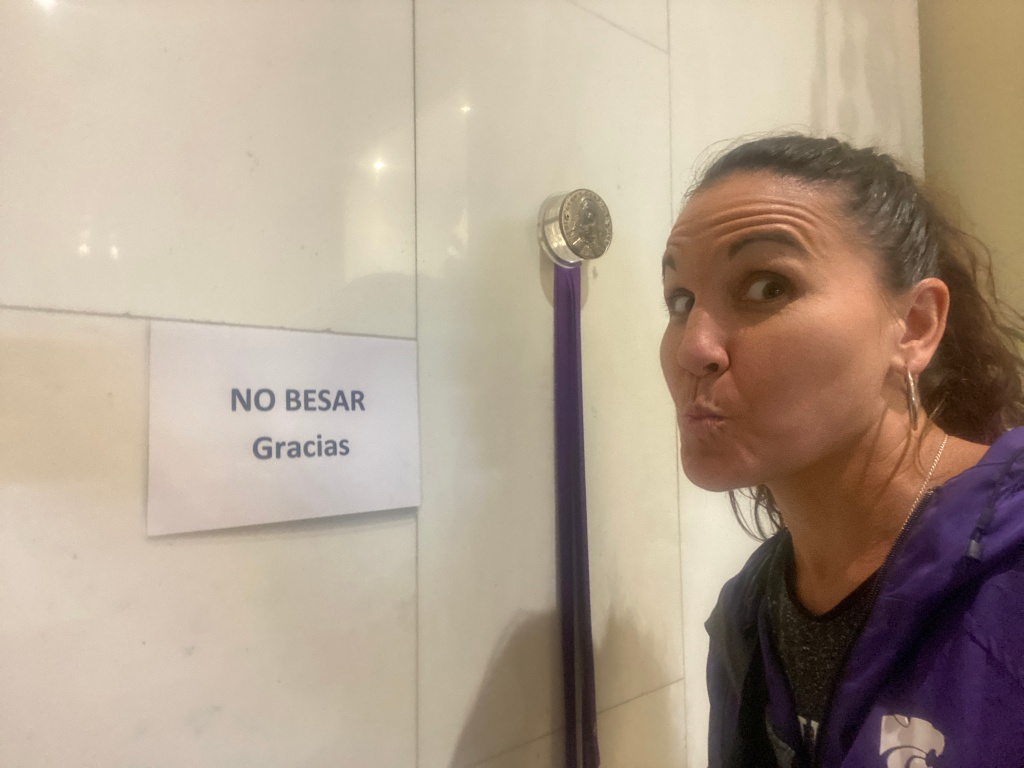
I’ve had an itch to get back to writing a few blog posts lately (hmm… wonder why?!), and I remembered that last year I wrote a full-length book review of Geographies of Urban Female Labor and Nationhood in Spanish Culture, written by Dr. Mar Soria, Associate Professor of Spanish at the University of Missouri. My review was published in Feministas Unidas in Spring 2022. So, like I’ve done before, I’ve adapted it to a blog-style summary with images, links, and some informal commentary… all the (fun?!) things I think about when writing academic book reviews, but can’t actually include. You can check out my other blog-post-style-academic-reviews here:
- Multiple Modernities: New essays on Carmen de Burgos (Louis & Sharp, 2017),
- A New History of Iberian Feminisms (Bermúdez & Johnson, 2018), and
- The Body, Blood, and Soul of Spanish Modernity: review of Life Embodied (Fernandez-Medina 2016)
REVIEW: Soria, Mar. Geographies of Urban Female Labor and Nationhood in Spanish Culture, 1880-1975. U of Nebraska P, 2020. 334 pp.
Mar Soria’s Geographies of Urban Female Labor and Nationhood in Spanish Culture (1880-1975) offers an innovative examination of how working women in 19th- and 20th-century Spain experienced and interpreted urban spaces. This is the first academic monograph to examine female labor primarily within the realm of Spanish cultural production, including literary, cinematic, and performative texts. While previous studies on Spanish women’s entrance and increasing presence in the public labor economy have been grounded in historiography or sociology, Soria’s Geographies privileges representations of female labor in cultural artifacts, which are valued as sites through which power is negotiated (11). The diversity of literary and cultural texts analyzed – from 19th-century zarzuelas and realist narratives to 20th-century avant-garde novels, journalism, and film – is one of this book’s greatest strengths. In opposition to the dominant discourse celebrating the wholly domestic, middle-class ideal of the ángel del hogar, the urban working woman was undomesticated, public, and viewed suspiciously as (sexually) uncontrollable and hazardous to both Spanish womanhood and national identity (3-4). According to Soria, this urban working woman – a marginal Other or “deviant from the conventional ideal of femininity” – was either excluded from nation-building projects or, somewhat paradoxically, incorporated into them by way of a deliberate (re)fashioning of their identity as traditionally or authentically Spanish in the face of a threatening modernity (10).
The book’s six chapters chronologically explore literary and cultural representations of the “urban working woman.” Beginning in the late 19th century, Chapter 1, “The Castiza Working Woman: Regeneracionismo in Género Chico,” analyzes portrayals of female cigar factory workers, flower vendors, and cupletistas, or risqué song performers in three zarzuelas: Las cigarerras (1887), by Ángel Munilla and Luis Ferreiro; La suerte de Isabelita (1911), by María de la O Lejárraga (María [Gregorio] Martínez Sierra); and Los de Aragón (1927) by Juan José Lorente. In each performance piece, the idealized urban working-class woman is not only a “good patriot” who “defends the space she considers her nation from foreign incursions” (66), but she embodies an “authentic Spanishness” that is key to the zarzuelas’ middle-class nationalist project (37). Of note is Soria’s reading of las cigarreras – female workers in the cigar factories – whose patriotic reconfiguration in these fictional representations directly contradicts their historical lived experiences as politically active demonstrators who changed wage labor for women (38).
Reading this chapter – and given the painting that serves as the cover for Soria’s book (Las cigarerras by Gonzalez Bilbao Martínez, 1915, Sevilla) — I couldn’t help but recall the “Americans in Spain” exhibit from my visit the Milwaukee Museum of Art last summer (2021). Spanish cigarerras were a well-known figure outside the Tobacco Factories of Madrid’s and Sevilla’s modernizing urban landscapes. In fact, they served as artistic inspiration for foreign travelers to Spain, and especially for American painters like John Singer Sargent and Walter Gay in the late 19th-century. Like Walter Gay’s painting (below) of these women working in the cigarette factory — and even the Spaniard Bilbao Martínez’s, to some extent — foreign artists and writers viewed labor performed by the “charming and colorful” Spanish working classes “in the most picturesque terms, as preindustrial and romantic, the antithesis of factories and mass production in the rest of western Europe and the US” (75). The female cigarerras were the epitome of this, as outsiders exoticized both their femininity and “Spanishness”.
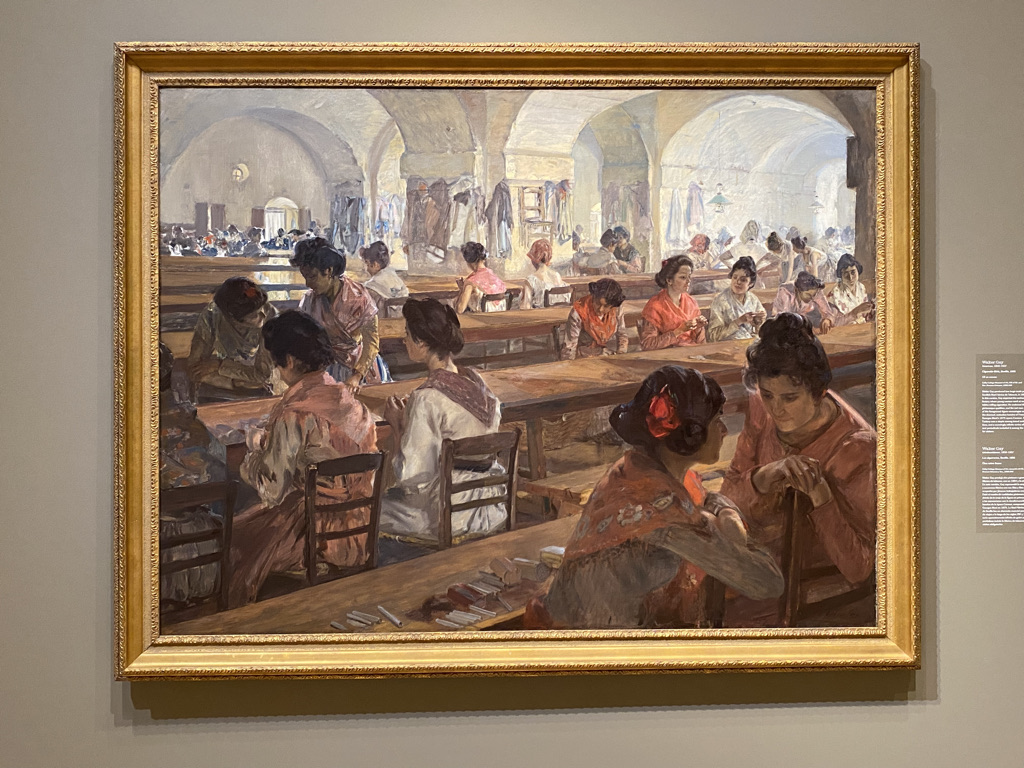
Chapter 2, “Homebound Workers: The Reconfiguration of Bourgeois Domestic Space in Realism,” centers on depictions of maids, arguing that servants’ labor blurred the boundaries between the public and private spheres and challenged the construction of the home as a site of leisure and passive domesticity. Reading Benito Pérez Galdós’s Tormento (1884) and two cuentos by Emilia Pardo Bazán, “Casi artista” and “El mundo” (1908), Soria reconfigures the home as a site of remunerated female labor and economic production. These homes become permeable spaces in which economic exchange and female labor intersect to undermine the separate spheres ideology dependent on hermetic domestic spaces free of capitalist transactions.
Moving to the twentieth century, Chapter 3, “Commodifying the Nation: The Story and the Shopgirl in Avant-Garde Literature,” examines working women exclusively outside the domestic sphere. This chapter juxtaposes shopgirls from two aesthetically and ideologically distinct novels: Carmen de Burgos’s La rampa (1917) and Ramón Gómez de la Serna’s La nardo (1930). Soria locates commonalities in these Madrid-based narratives that portray the downfall of a shopgirl-protagonist resulting from her desire to escape urban labor’s drudgery through consumerism and bodily pleasure. Soria’s reading of Burgos’s La rampa identifies inconsistencies, as the narrator condemns the bourgeoisie while maintaining class prejudices that denigrate female servants and weaken the novel’s feminist message (121-22). Both novels suggest a parallel degeneration of Spanish womanhood and Spanish national identity. As I have written several articles on La rampa, I’ll admit that I initially found Soria’s placement of the novel within Avant-garde literary trends to be somewhat misguided; but her analysis and framing ended up offering a convincing and innovative perspective. I recommended this chapter to one of my undergraduate students who was working on her Narrative Cartography for my fall 2020 Mapping Madrid seminar (she continued her project with funding in Spring 2021); I had just received my copy of this book in January of 2021. My undergraduate student (a senior at the time) reported that she enjoyed reading Soria’s analysis of La rampa in this chapter, as it gave her more insight into how she might interpret the spaces of the city dedicated to women’s work or leisure (or both). So as a first-hand report, this book and Soria’s writing style are very accessible to undergraduate students!
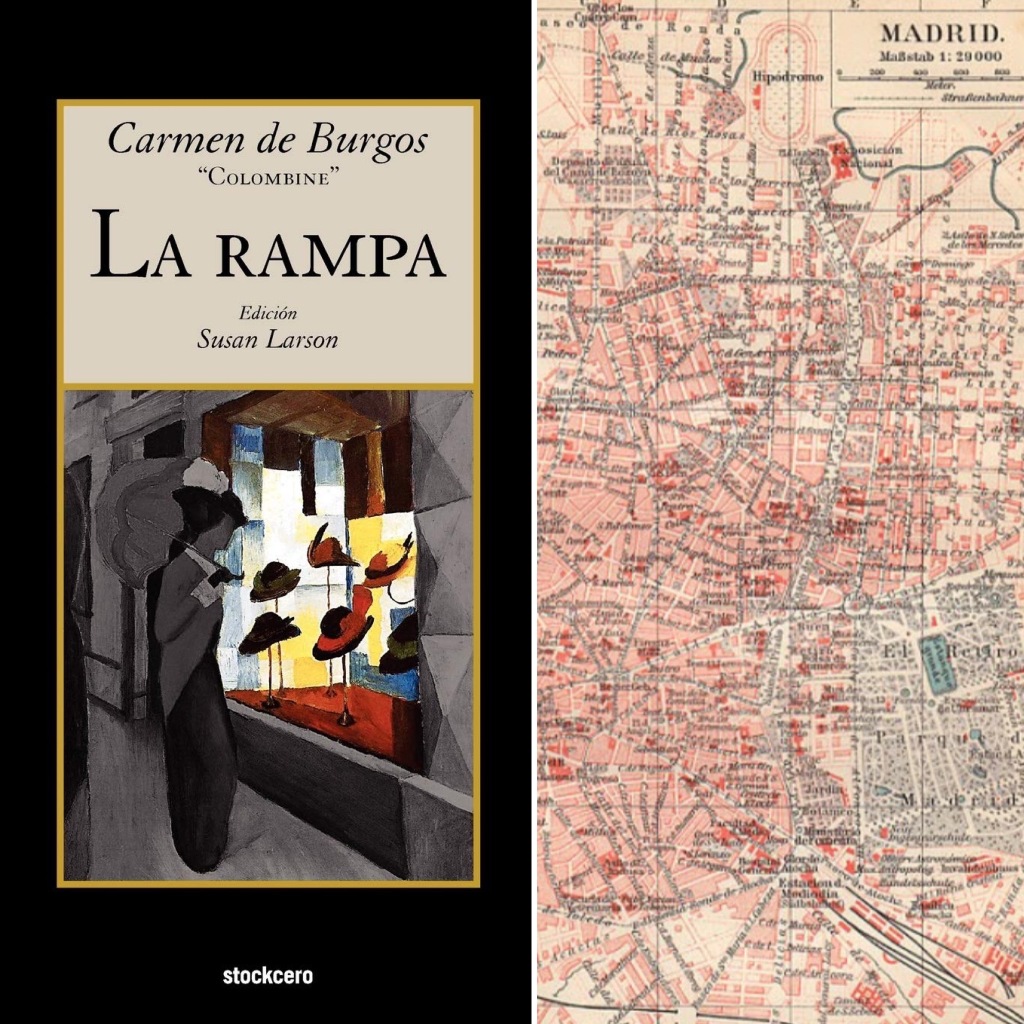
Chapter 4, “Working for Change during the Second Republic: A New Woman for the Nation in Conservative and Left-Wing Literature,” features narratives by historically overlooked women writers. The 1934 avant-garde novel Tea Rooms: Mujeres obreras, by communist Luisa Carnés, shares similarities with Burgos’s La rampa in denouncing the exploitation of working women. Stylistically, Soria emphasizes Carnés’s ability to capture the highly sensorial and fragmented nature of urban life through a “cinematic narration” (146-50), while also incorporating profane, working-class language that ruptures literary norms and traditional beliefs about women’s writing and behavior (152). Cristina Guzmán, profesora de idiomas is a 1935 romance novel-inspired tale by Carmen de Icaza, an upper-class, regional leader of the Sección Femenina. Although little has been written on female fascists who commented on class, Soria shows that they contributed greatly to the discourse of their day (157). Militant women in the Sección Femenina represent a fascinating paradox, as they “had to become active outside the domestic realm precisely so as to defend and save what was perceived as their natural habitat, the home, from the ills brought about by the Republican political reforms” (159). Despite Carnés’ and Icaza’s opposing perspectives, Soria argues that both present a similar new paradigm of Spanish womanhood: a self-assured, independent, modern worker “who feels at ease in the urban geography” (143). Highlighting this paradox called to mind the below video that I use in my literature courses when talking about women during the Franco era – the interviews with the women in the video are fascinating because they point to the sense of empowerment and purpose that they felt as a part of the Sección Femenina and the ideology it promoted. Students often anticipate that any reading of the Franco era will and must include women denouncing their submissive, powerless positions; but the reality is more complex, for better of worse, as the Sección Femenina was a powerful ideological machine that produced effective propaganda to mobilize generations of women to uphold the mission of the dictatorship and Spanish National Catholicism.
Chapter 5, “Back Home? Counterdiscourses of Female Labor and Nationhood in Postwar Women’s Short Fiction,” delves into the 1950 novella Yo he sido estraperlista by Ángeles Villarta, and two short stories by Carmen Martín Gaite, “La oficina” and “Los informes” (1954). Martín Gaite’s narratives critique the increasingly factory-like office, particularly for its hierarchical divisions and increasingly alienated labor that mirror the city’s processes as Spain’s capitalist center. Villarta’s Yo he sido estraperlista offers an intriguing critique of the black market, focusing on a common illegal female job after the war: selling and trading food. These narratives suggest that women were not only patriotic angels of the home, but many did in fact labor in traditionally male jobs (189) or even in the peripheral (underground) economy (190). Chapter 6 plays on the mid-century slogan of Spanish difference. “Spanish Women Are Different: Cinematic Anxieties of Female Work in Late Francoism” examines three cinematic features: Peppermint frappé (Carlos Saura, 1967); Las que tienen que servir (Jose María Forque, 1967); and Españolas en París (Roberto Bodegas, 1971). I enjoyed reading this chapter in particular because it introduced me to a wealth of new texts (films) that were completely new to me, as I do not specialize in cinema. In each of the 3 films, Soria argues that the female worker’s body becomes a battleground upon which the conflict of traditional Spanish values and foreign modernity is negotiated (212). Soria’s commentary on Españolas en Paris’s portrayal of abortion and motherhood (228-30) is especially insightful, and I was surprised that such themes were to be found in a Spanish film from 1971. The discussion in this chapter made me really want to watch the movie and, when I found a YouTube clip showing the beautiful Parisian city and the glorious aesthetic of late 60s/early 70s women’s fashion — not to mention the movie poster with my favorite: MAP ART — I was sold!
Finally, the book closes with an Epilogue, “The Story is Not Over, which synthesizes the chapters’ themes and suggests a similar dynamics between female work, national identity, and the urban economy that has emerged steadily, and repeatedly, over the century covered by this study. Geographies is an exceptional blending of literary analysis and cultural studies that re-examines (often invisible) urban women’s labor and challenges the traditional gendering of city spaces. Soria’s writing style and her focus fiction and cultural productions makes Geographies accessible and appropriate for undergraduate or graduate literature or cultural studies seminars. In terms of limitations, readers must be careful not to conflate fictional representations with historical events or Spanish women’s actual lived experiences (see the Cigarreras photograph vs. paintings above). Soria is skilled, however, at contextualizing her analyses of cultural constructions such that they do not purport to reflect historical circumstances, but rather offer additional layers of context that will enrich readers’ understanding of the complexities of Spanish history and culture.
If you’re interested in more academic details and less YouTube videos, check out my full review over at Feministas Unidas, Inc and consider becoming a member of the organization, which seeks to create and sustain a national network of feminist scholars in the fields of Spanish, Spanish-American, Luso-Brazilian, Afro-Latin American, and U.S. Hispanic Studies. Every fall they publish a multidisciplinary journal, Ámbitos Feministas. Their objectives are to join together scholars and advocates to strengthen the intellectual environment in which they work through: exchange of ideas and information; cooperative research projects; organization of conferences; preparation and presentation of papers and panels; gathering and dissemination of bibliographical data; interchange of classroom materials and methodologies; assistance with publication; career counseling and mentoring; contacts with feminist scholars in Spain, Portugal, and Latin America; and other appropriate joint intellectual endeavors. Annual membership is affordable at only $15 for graduate students and instructors, $20 for Assistant professors, and $25 for Associate or Full Professors. You can even sponsor a graduate student membership for $15.
Resources:
Soria, Mar. Geographies of Urban Female Labor and Nationhood in Spanish Culture, 1880-1975. U of Nebraska P, 2020. 334 pp.

